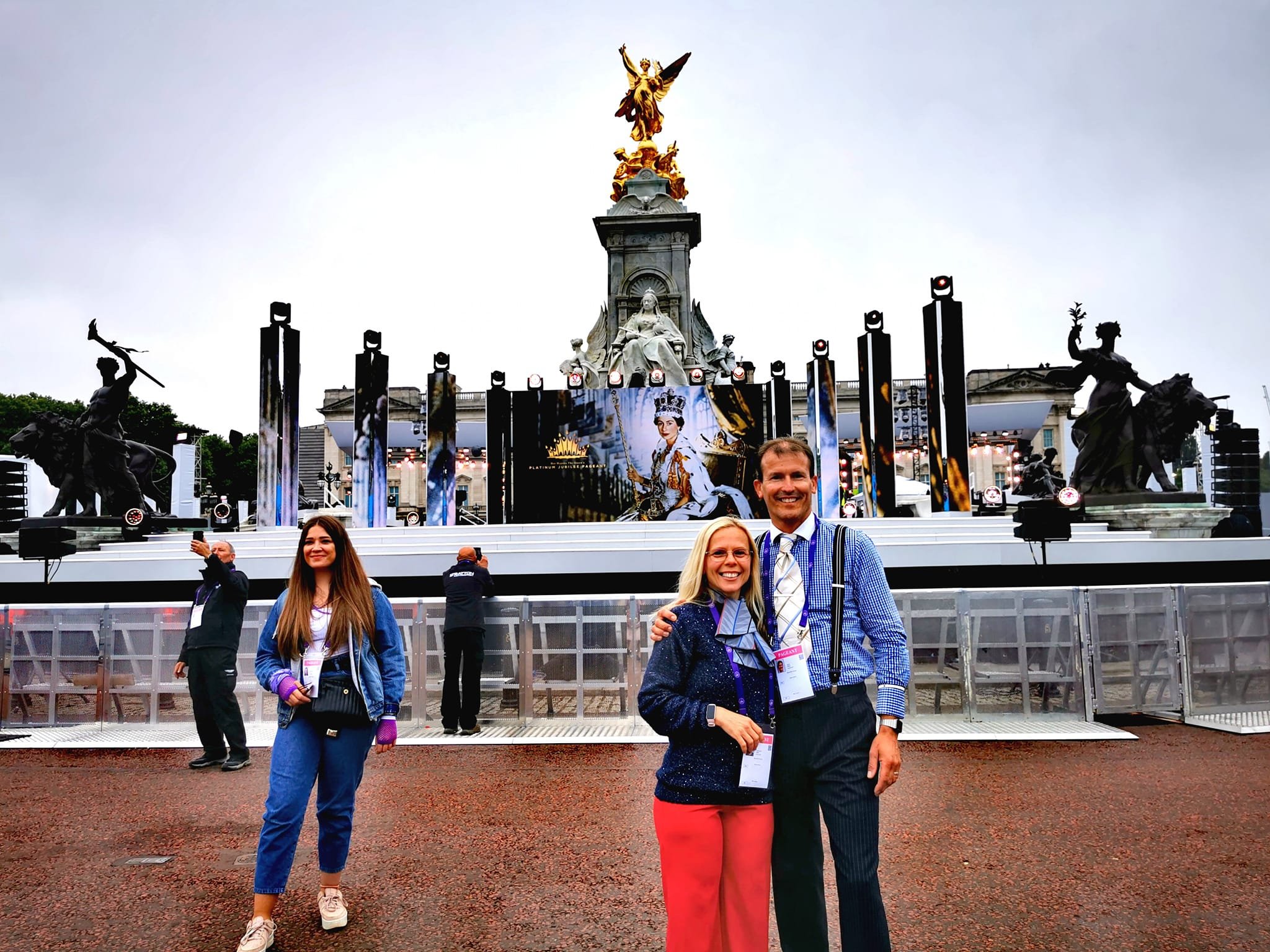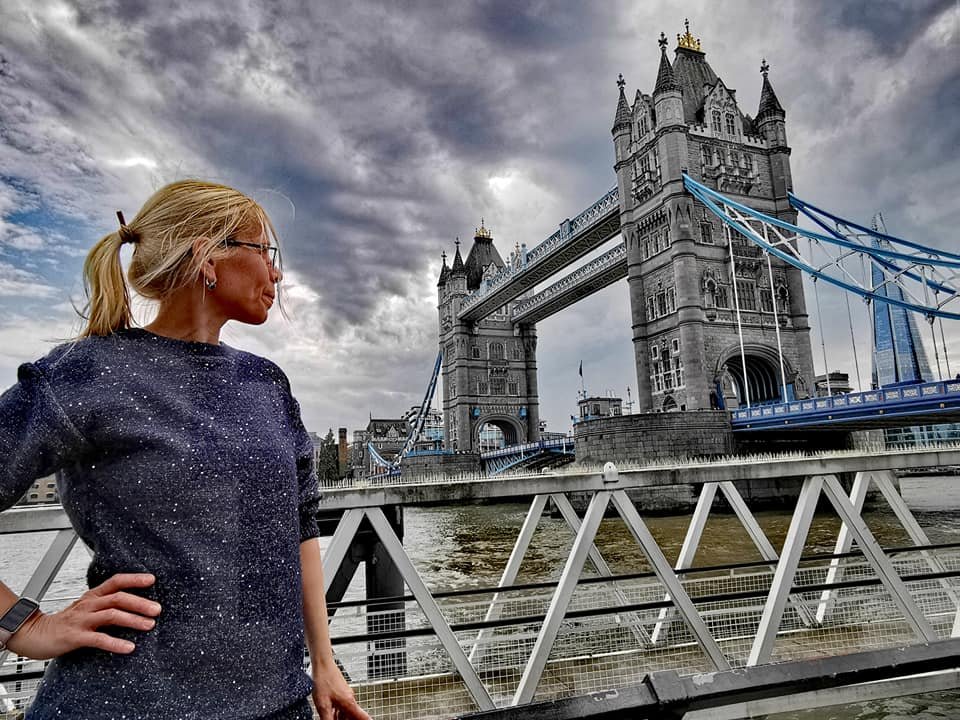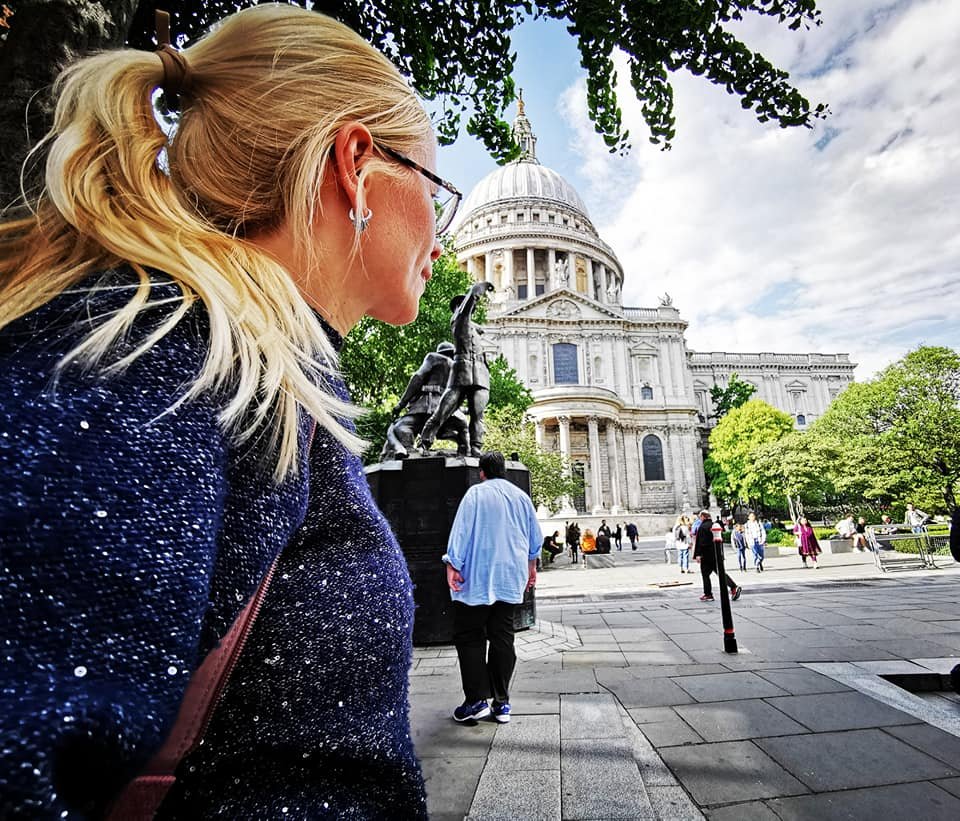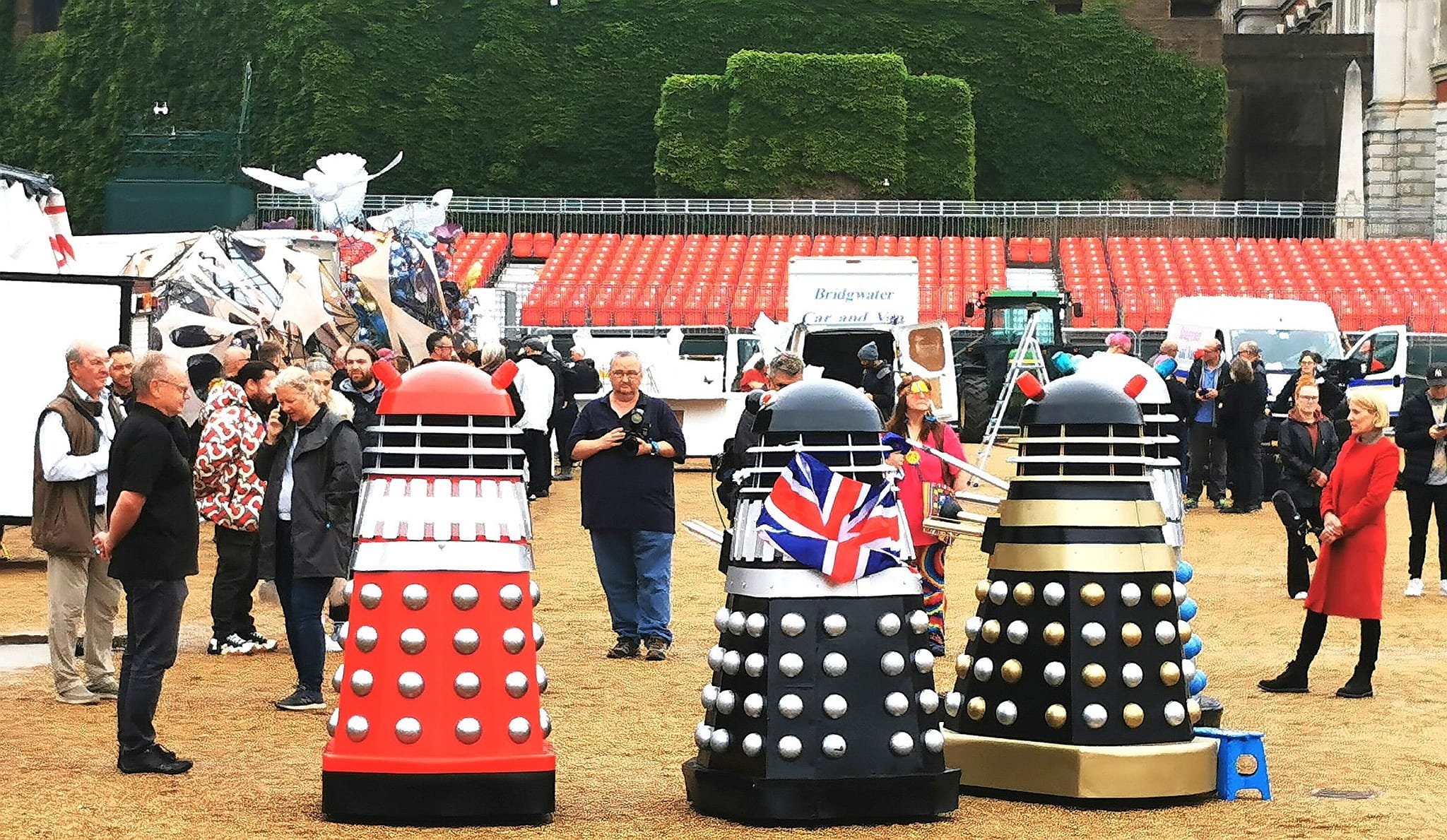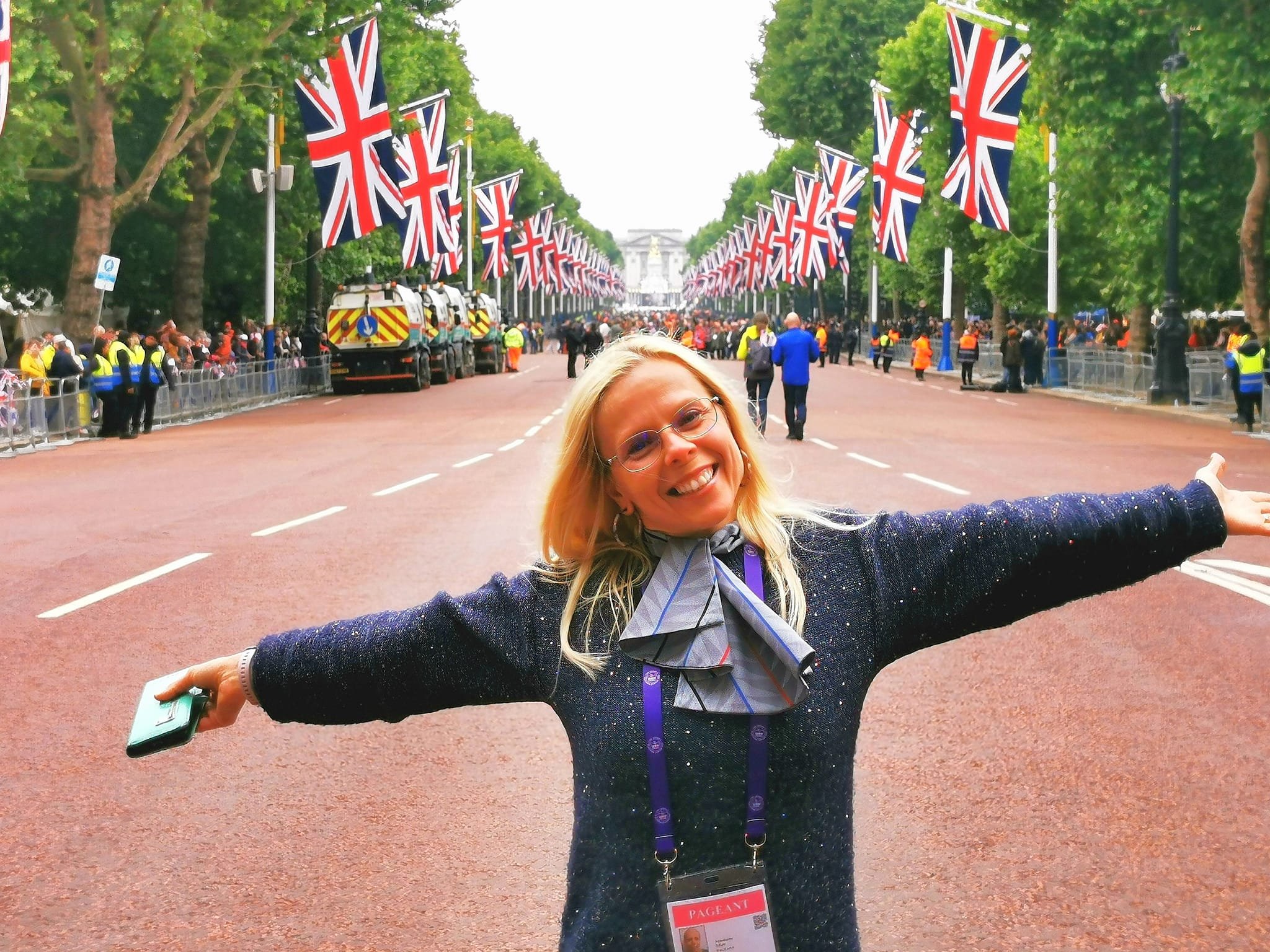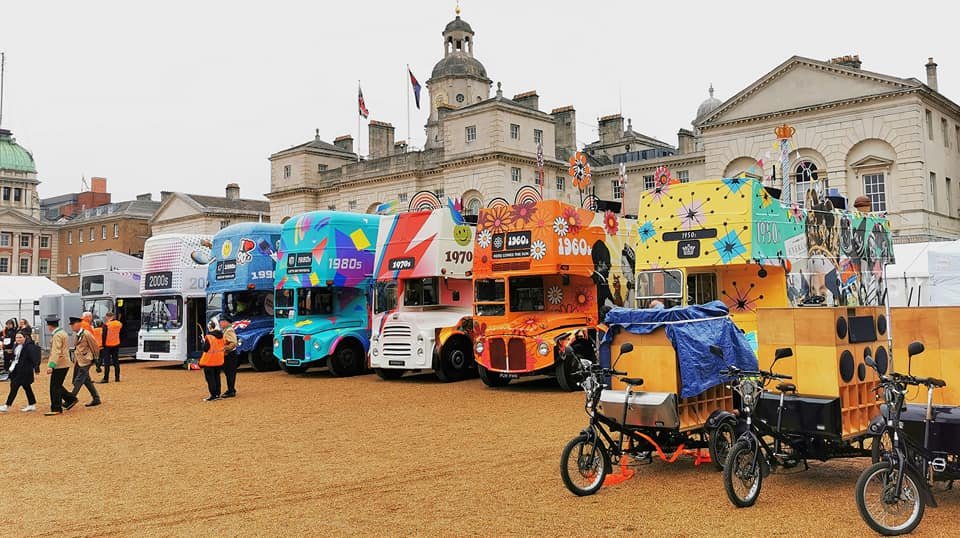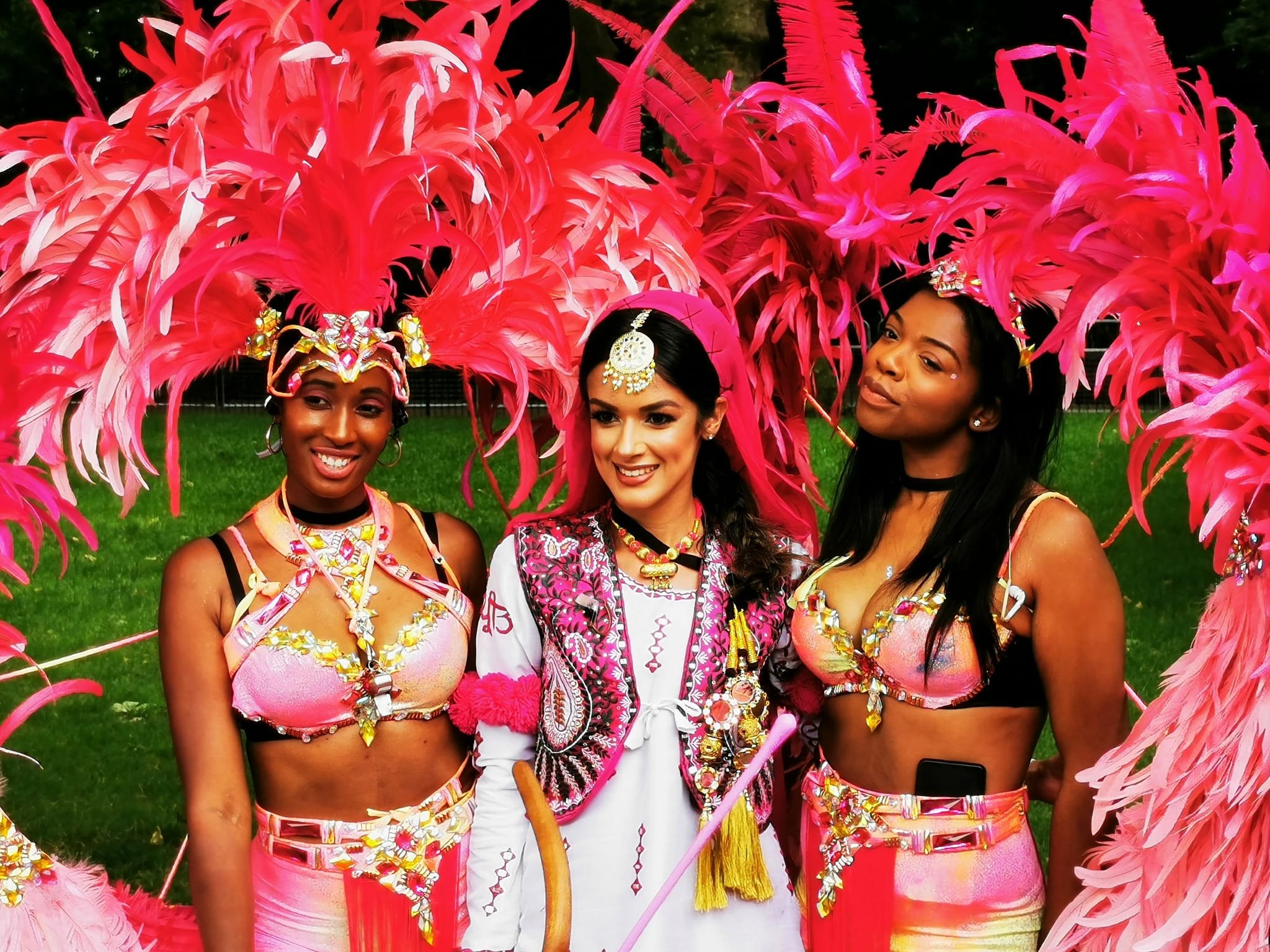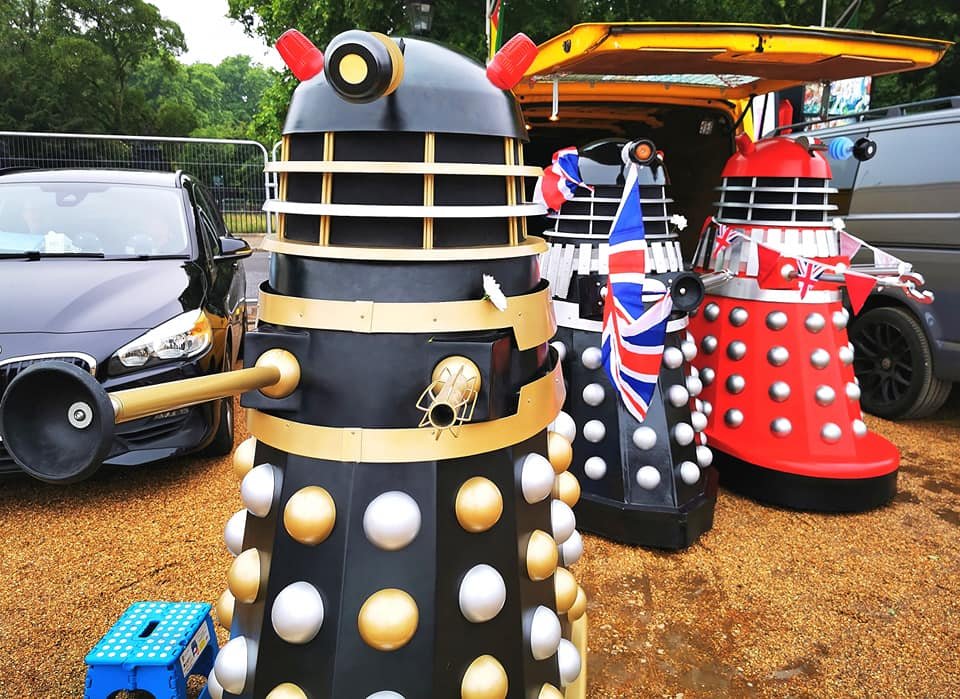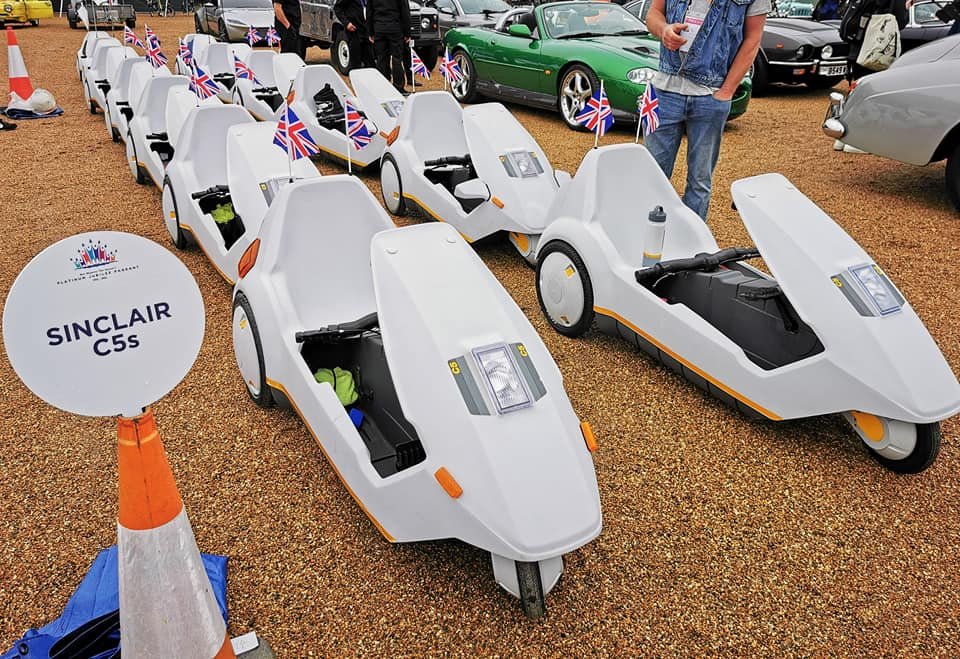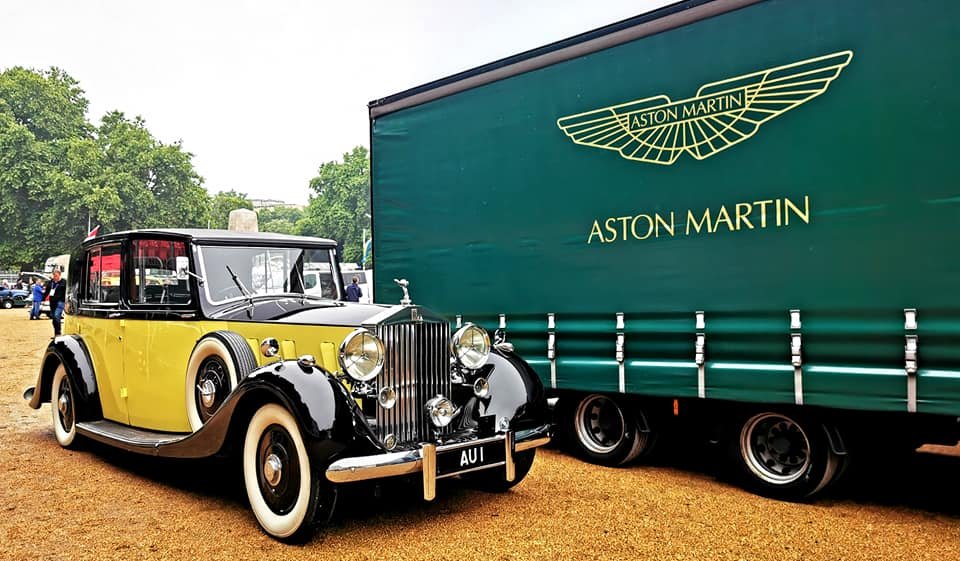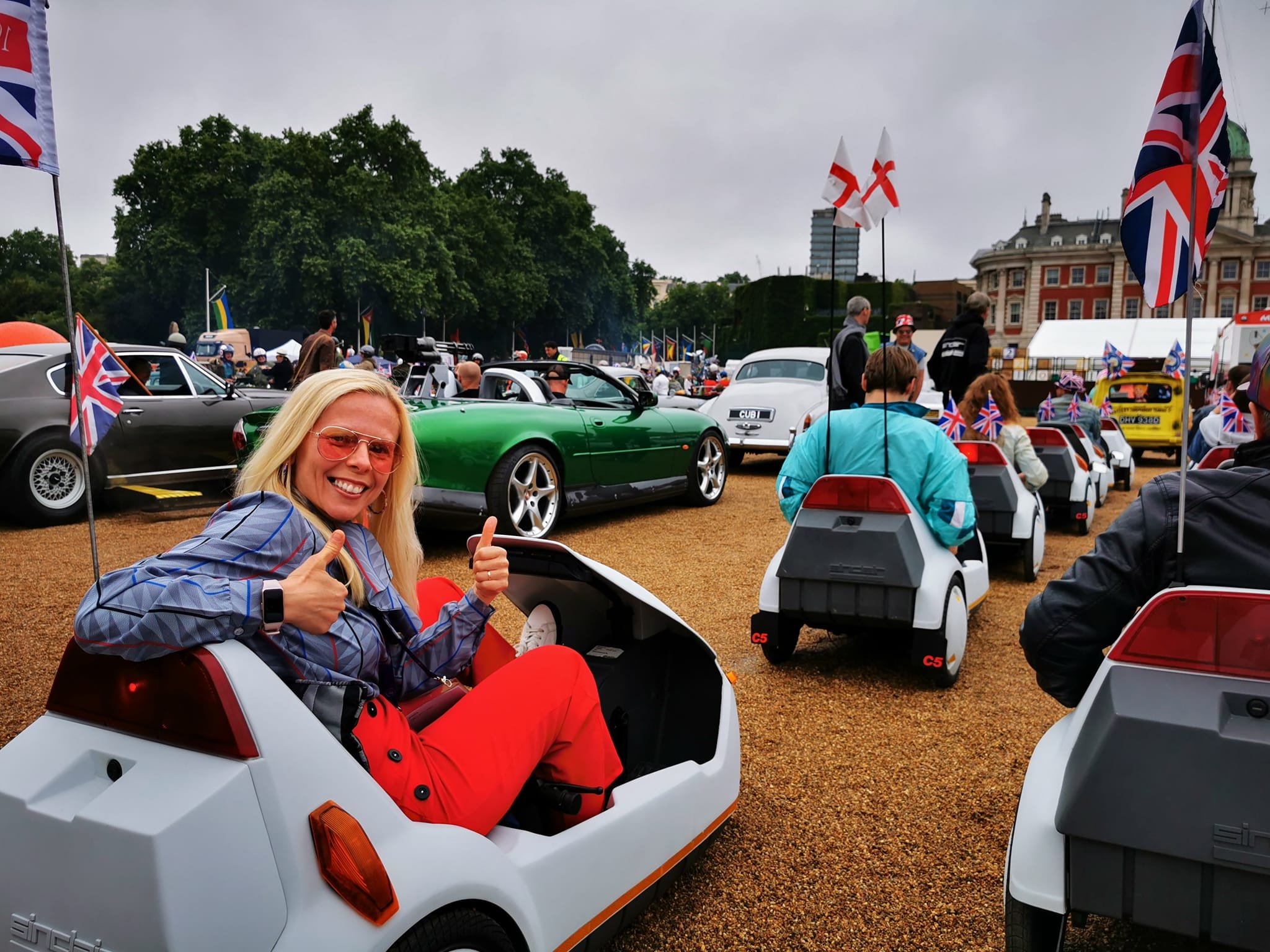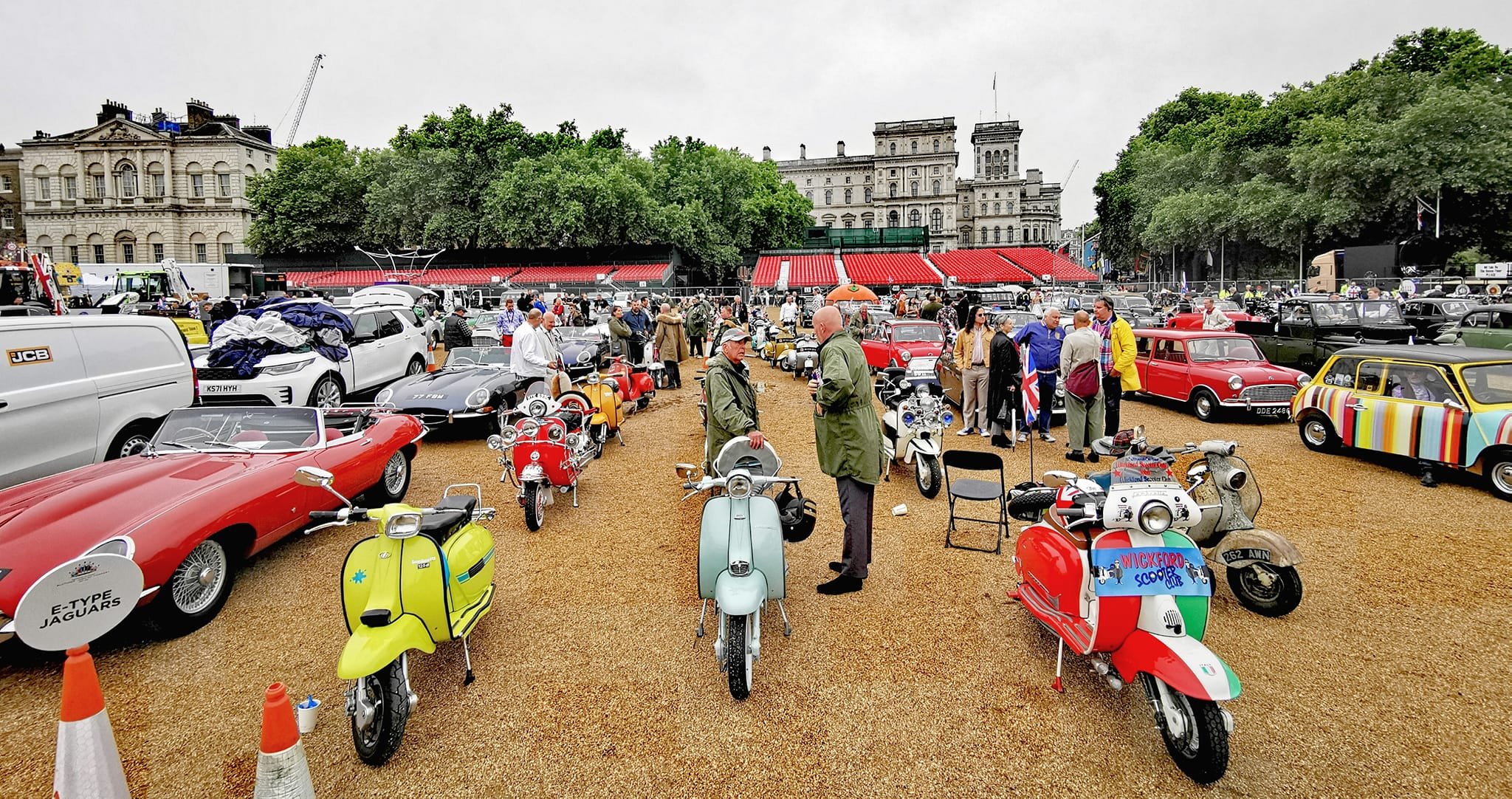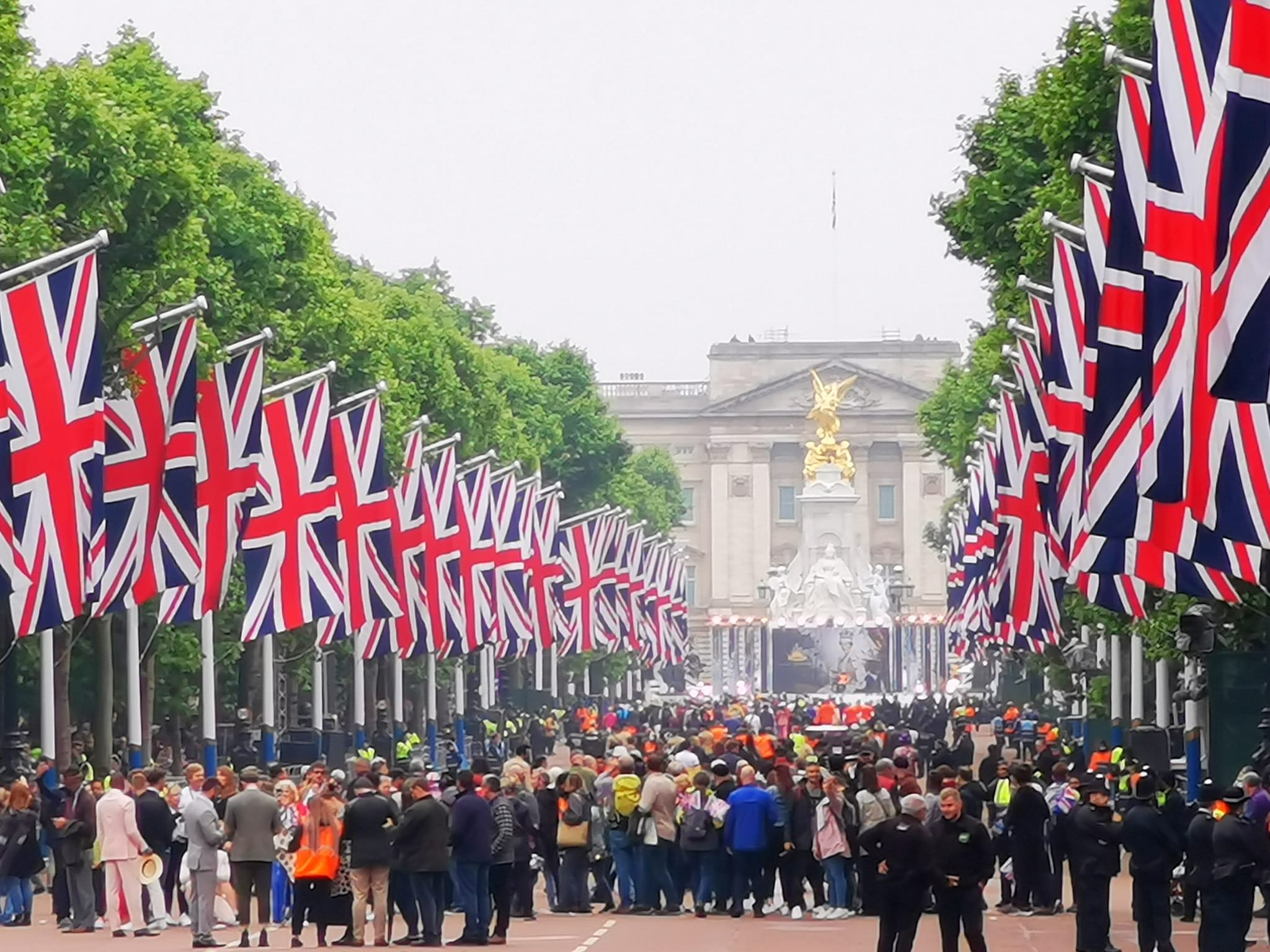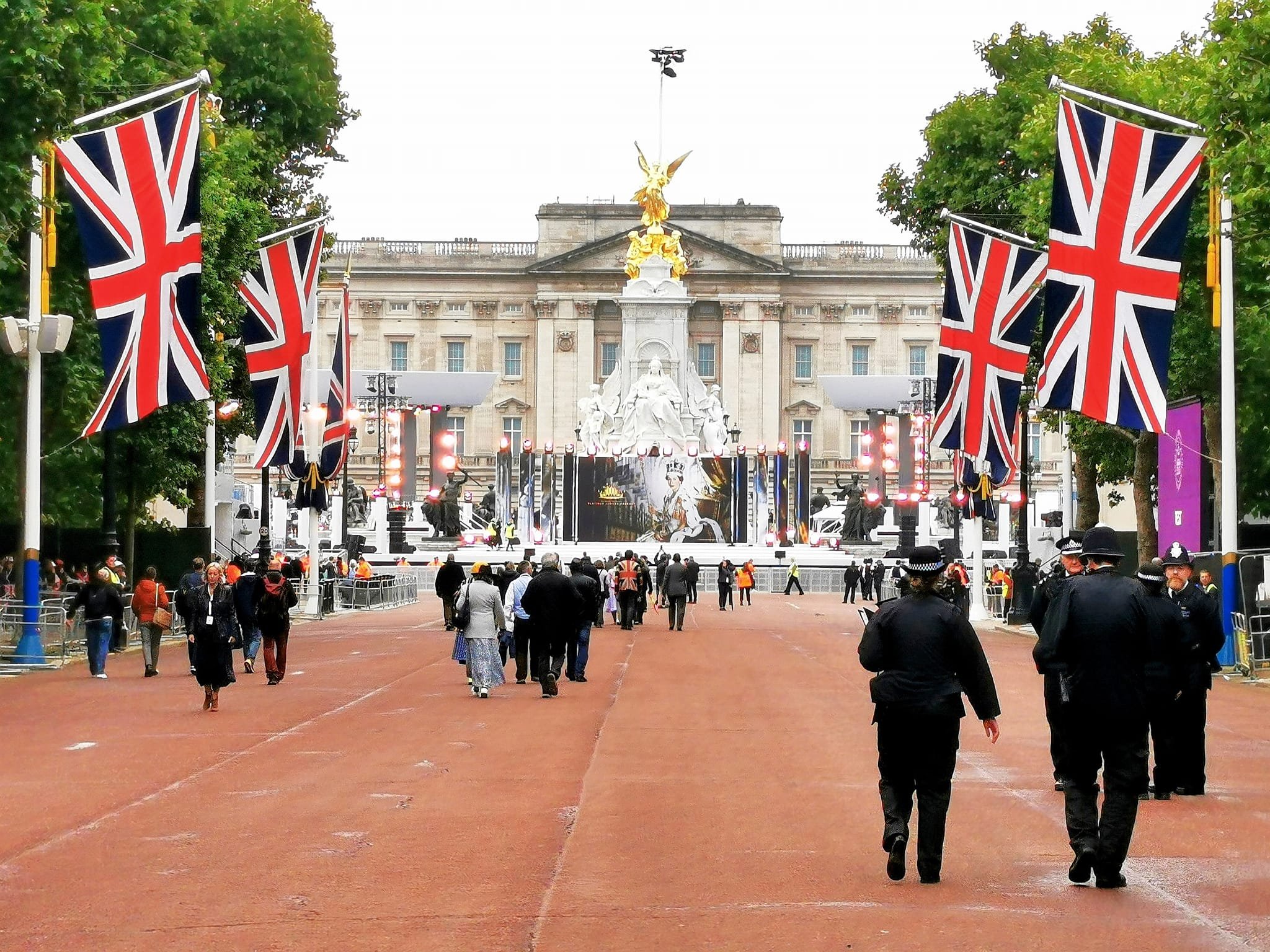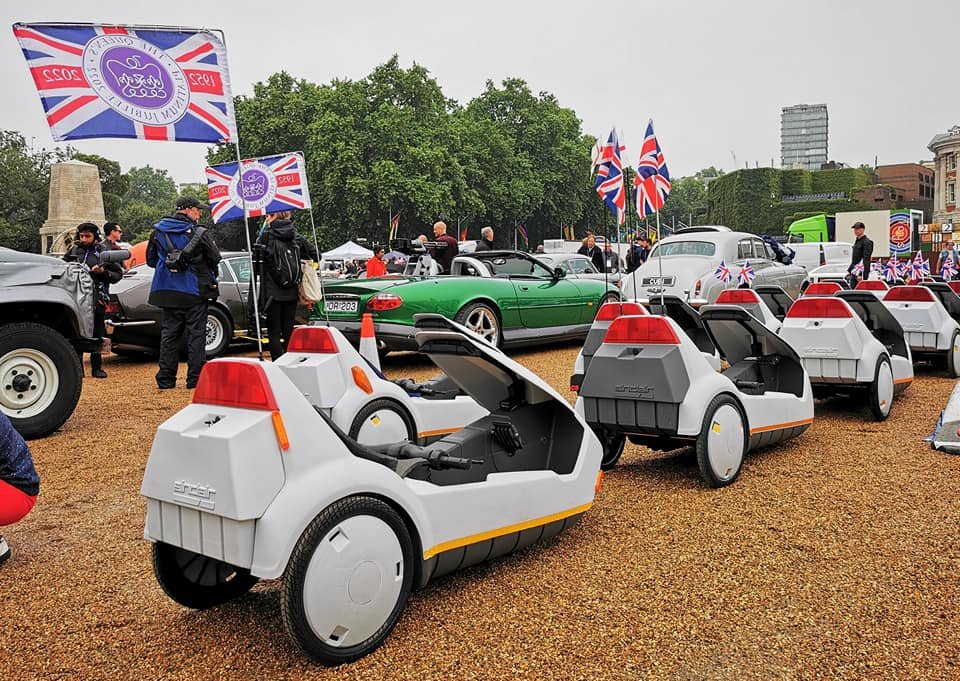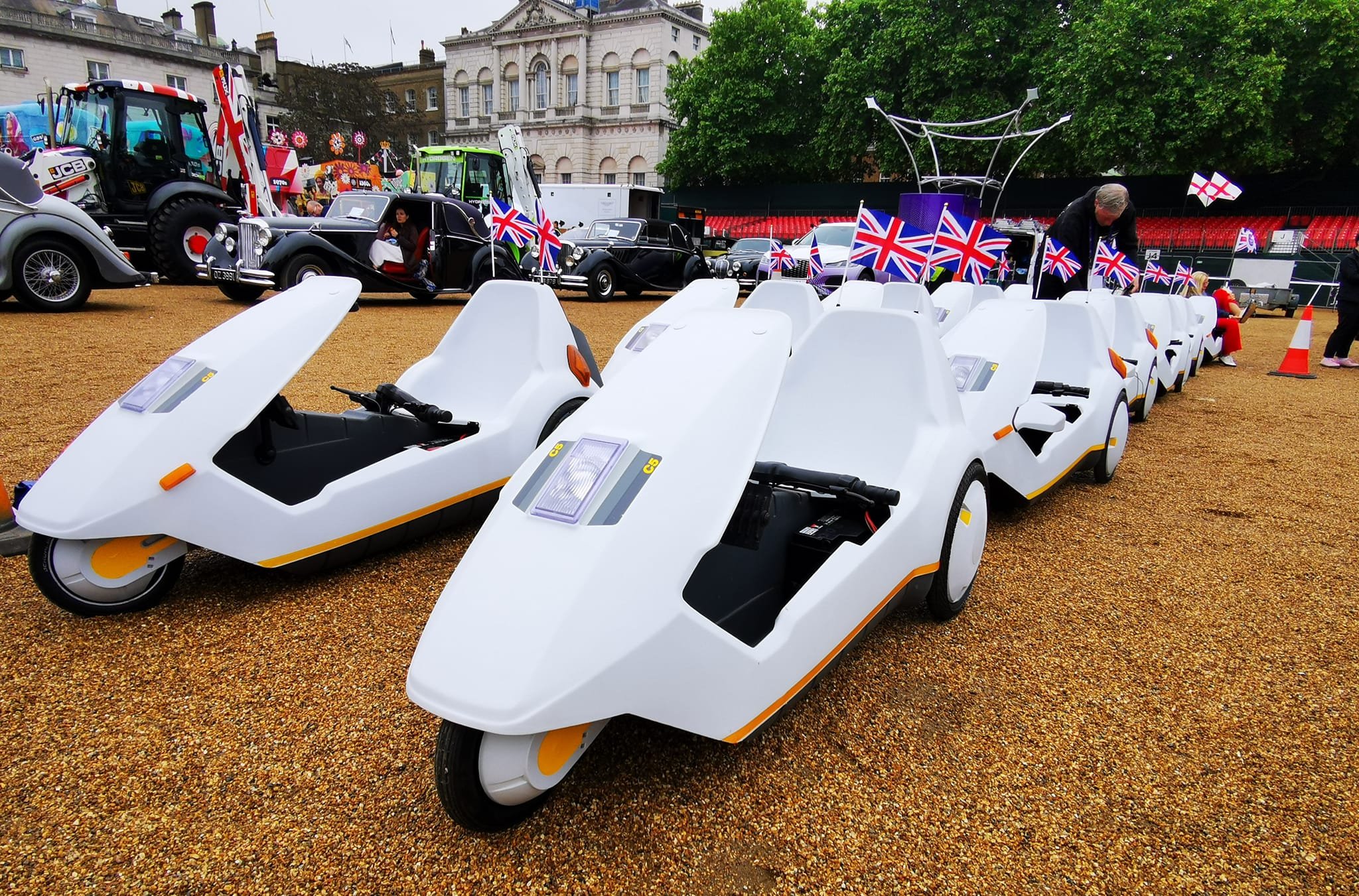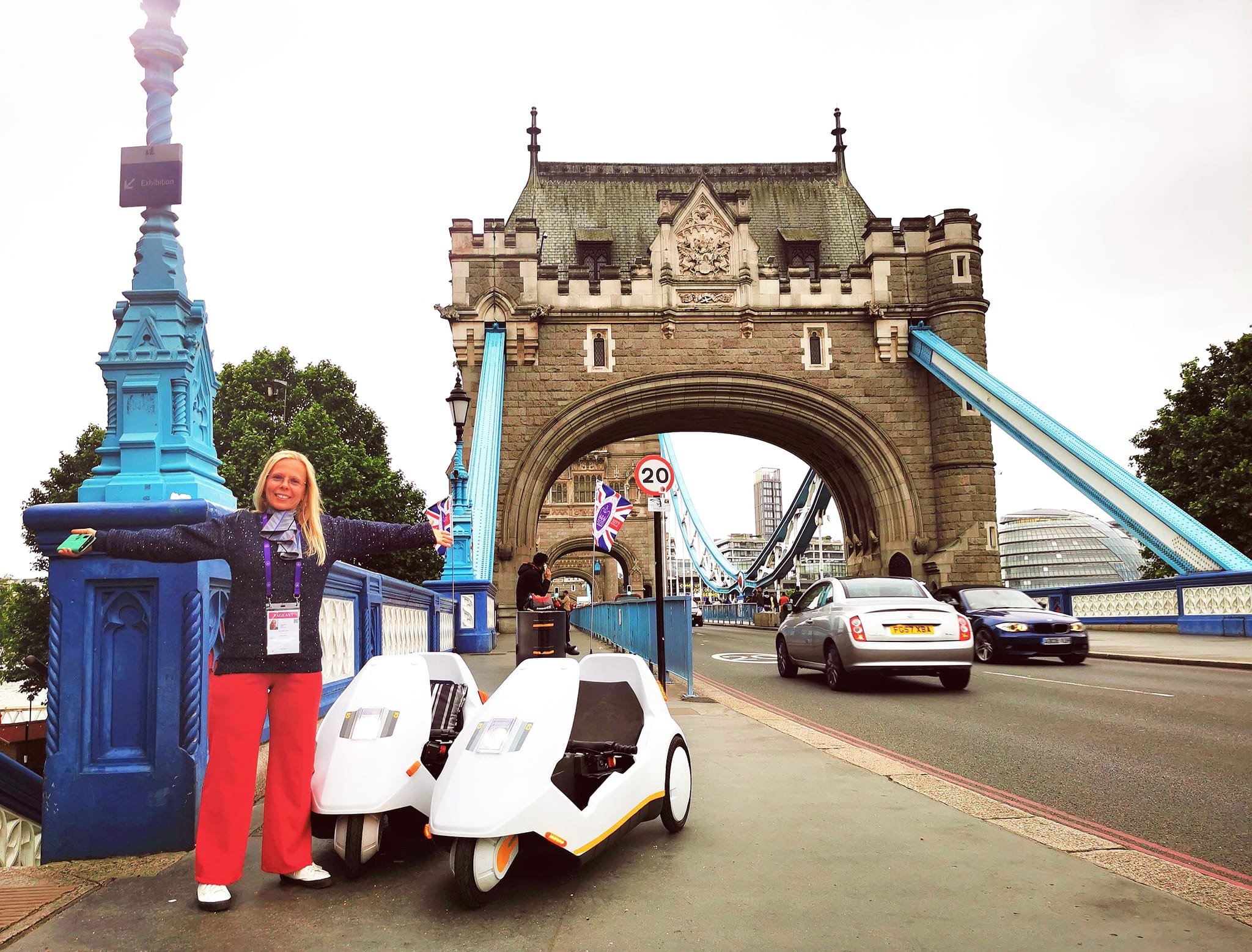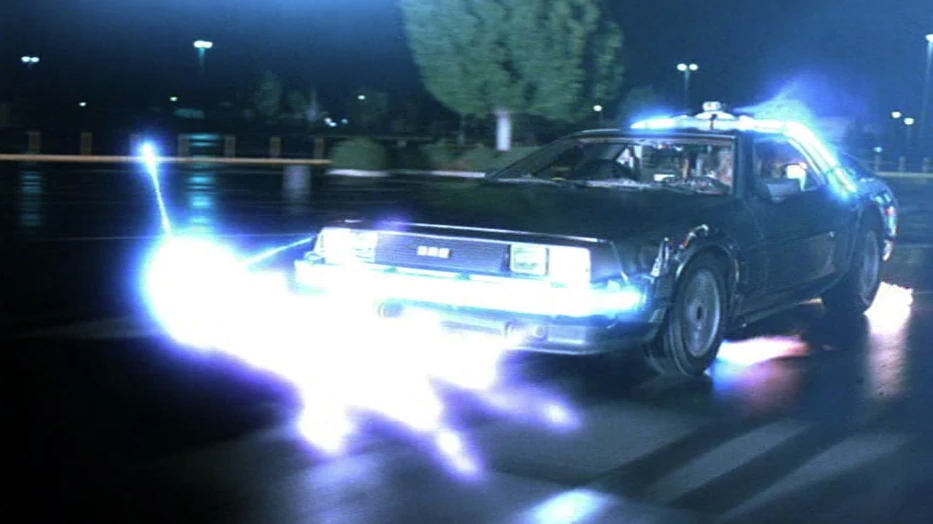
THE RECKONING - Behind the scenes (of a filmset) !!!
Creativity fills the air as filming begins on a project 1 year in the making.
A short film called ‘The Reckoning ‘ Produced by www.pavillionfilms.com is based on a poem written in 1976.
Breamore house was selected for both the backdrop and filming location
#thereckoning #Breamorehouse #filming #filmset #vintage
SANDSTONE PRODUCTIONS - THE NEW FOREST
The Sun rises over the misty fields of the New Forest
As we take in the beautiful views over rolling landscape we find it hard to contain our excitement of spending our morning on a film set at Breamore House.
Creativity fills the air as filming begins on a project 1 year in the making.
A short film called ‘The Reckoning ‘ Produced by www.pavillionfilms.com is based on a poem written in 1976.
Breamore house was selected for both the backdrop and filming location
#thereckoning #Breamorehouse #filming #filmset #vintage
As the mist clears lifts from the beautiful grounds of Breamore house Toma ( the main character) can been seen driving his dark blue Morris 8 up to the Manor house to visit his uncle
Actually, I will stop there …. (as I do not want to Spoil this epic story) although you will need to wait till November 2022 for it’s release date
From the stillness and quiet surroundings of the grounds of Breamore House the words the Director is heard :
“ Roll sound ….. Sound speed …..Roll camera….Camera speed” (audio of film slate being read), Marker (audio of slate being closed) then
“Action!”
The 15 strong team comprising of Director, Assistant Director, Actors and Actress, Costume, Makeup, Grips, Camera Man, Cinematographer, Photographer, Camera Assistant, Runner, Lighting engineer , Sound, are now making this Poem into a short Film production

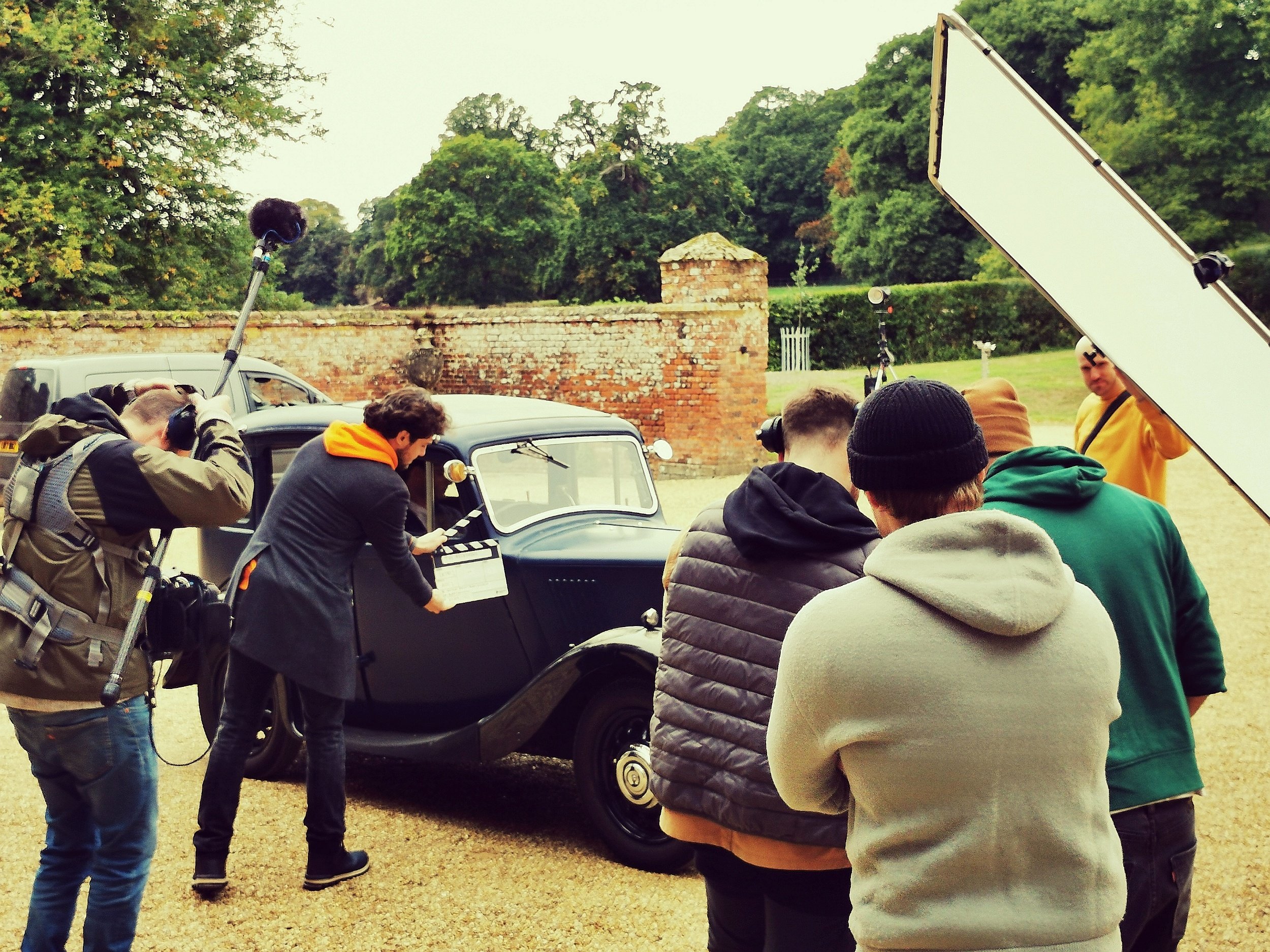
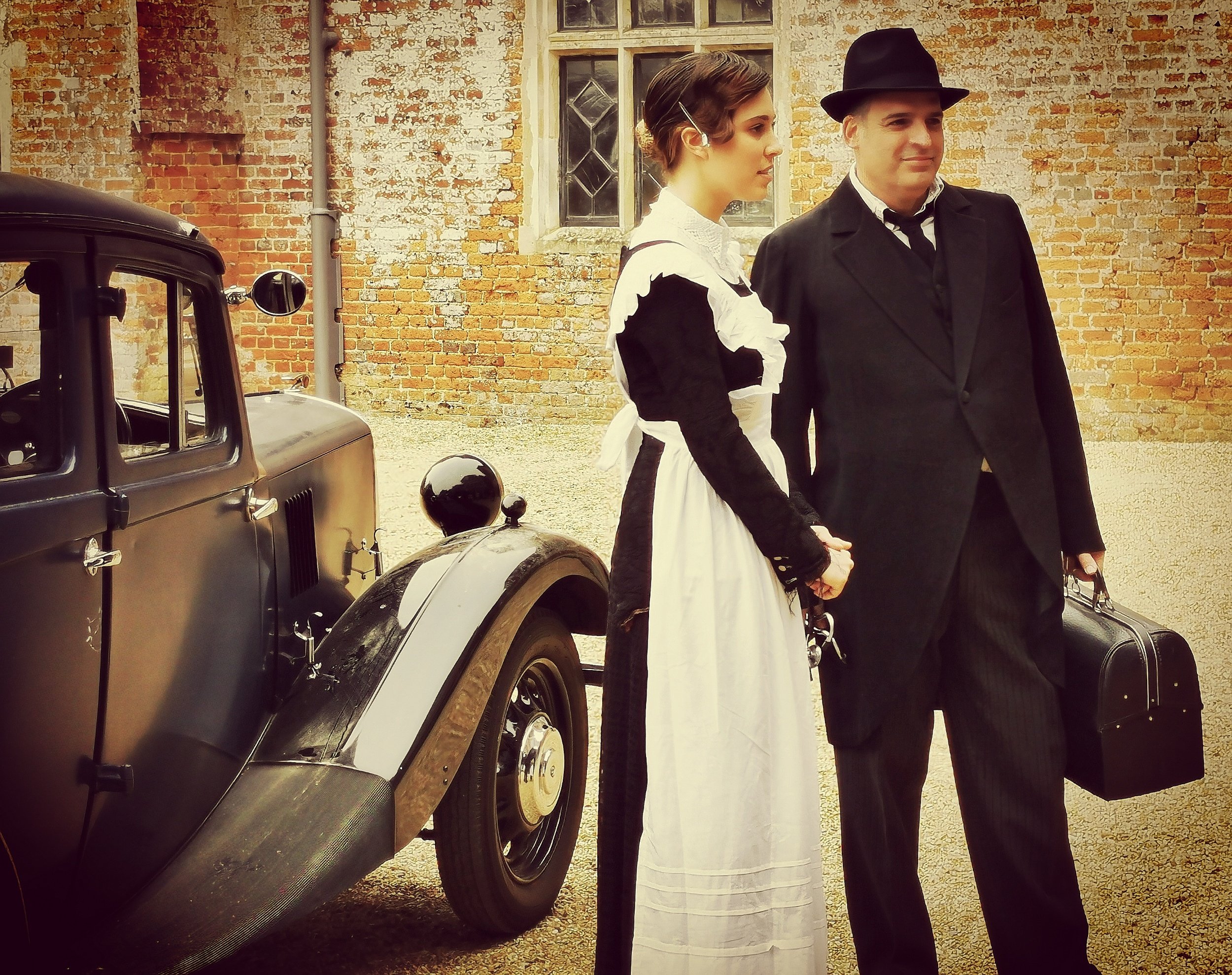
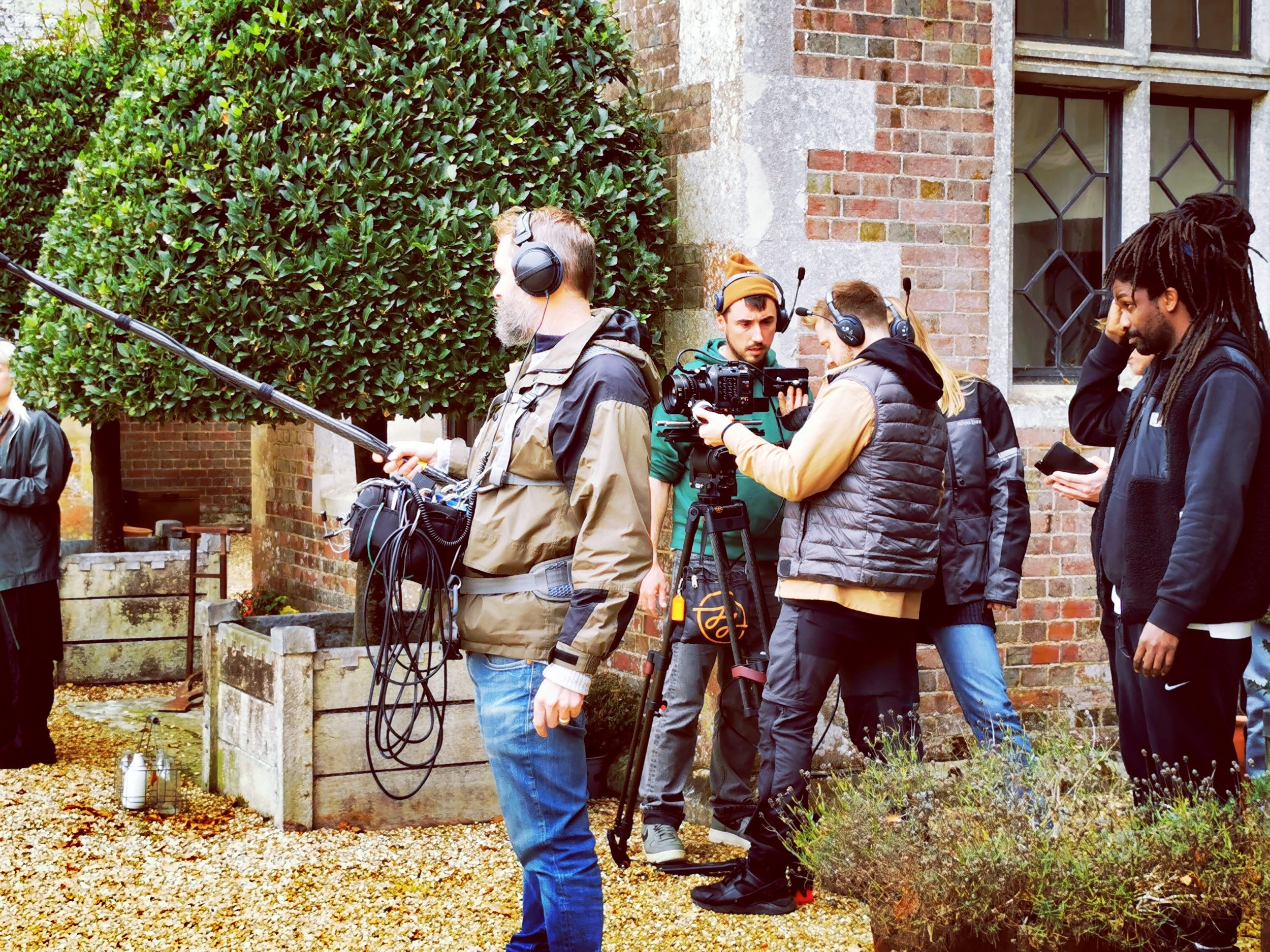

Words like Creative - Visionary - Teamwork - Artistic do not go far enough to describe how these very talented cast and crew collective ideas allow this story to be printed to film.
A perfectly example of proving ‘Nothing is impossible’
Just seeing how much care, attention and dedication is put into every second of the Film is truly fantastic.


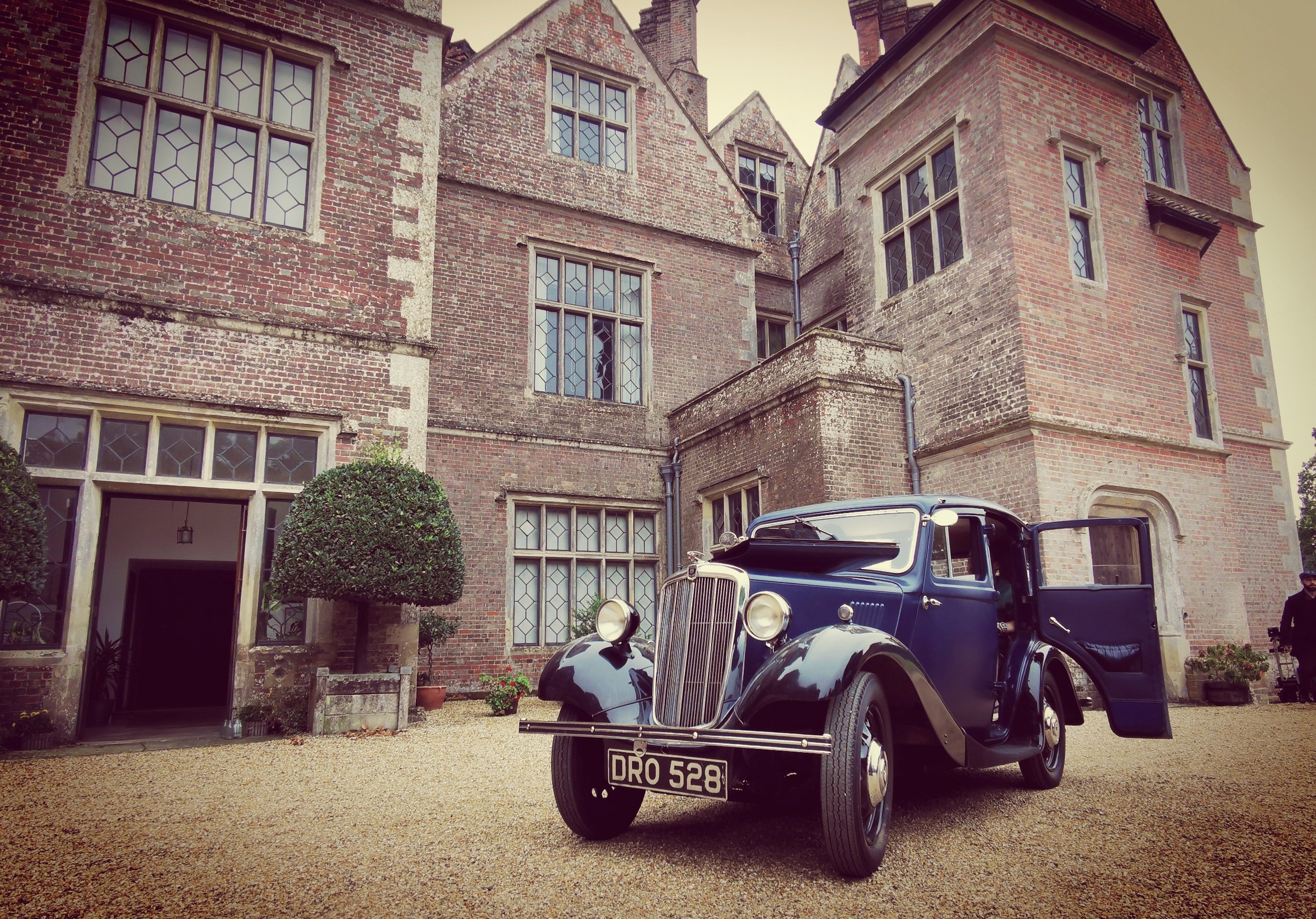
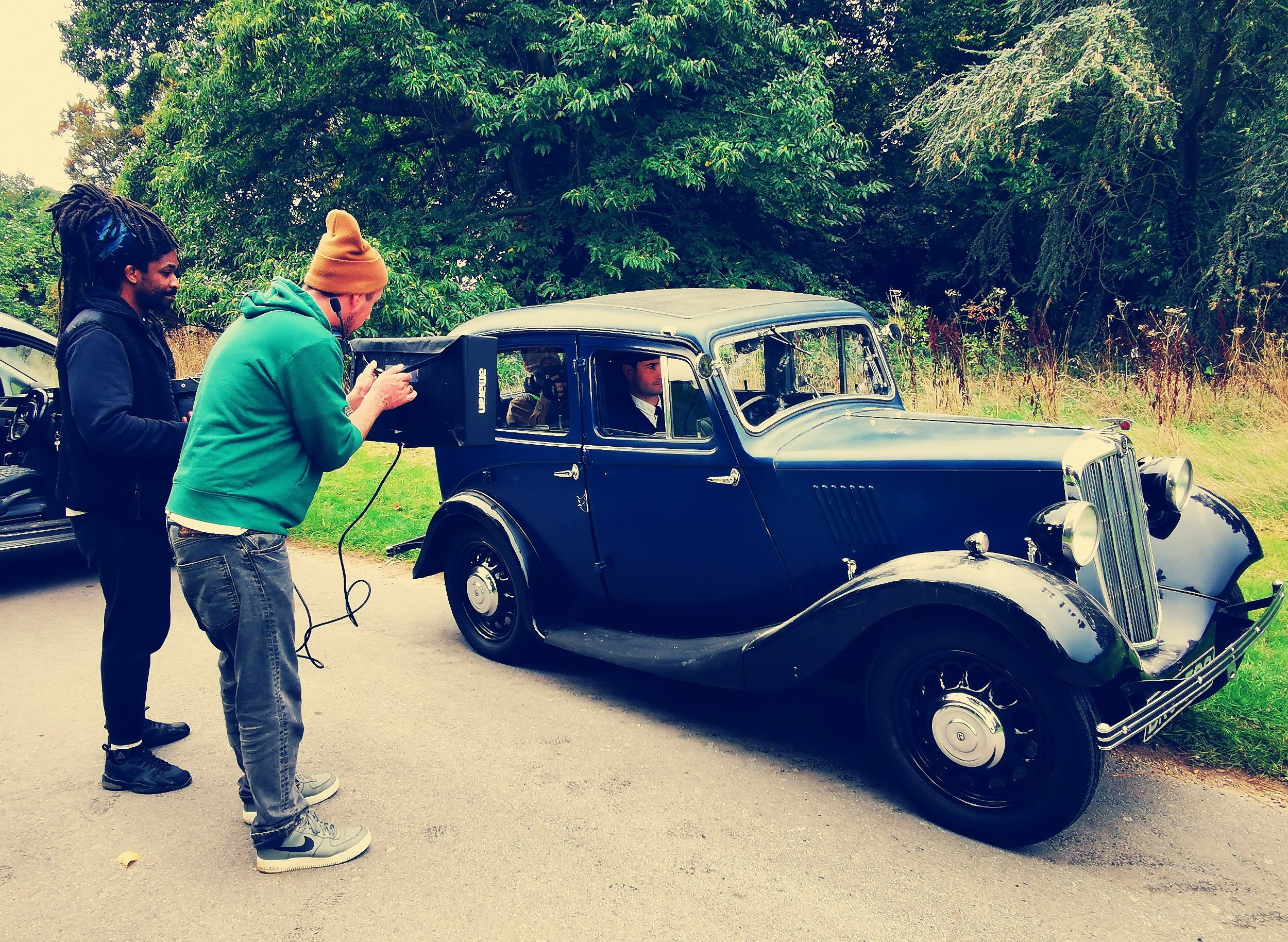

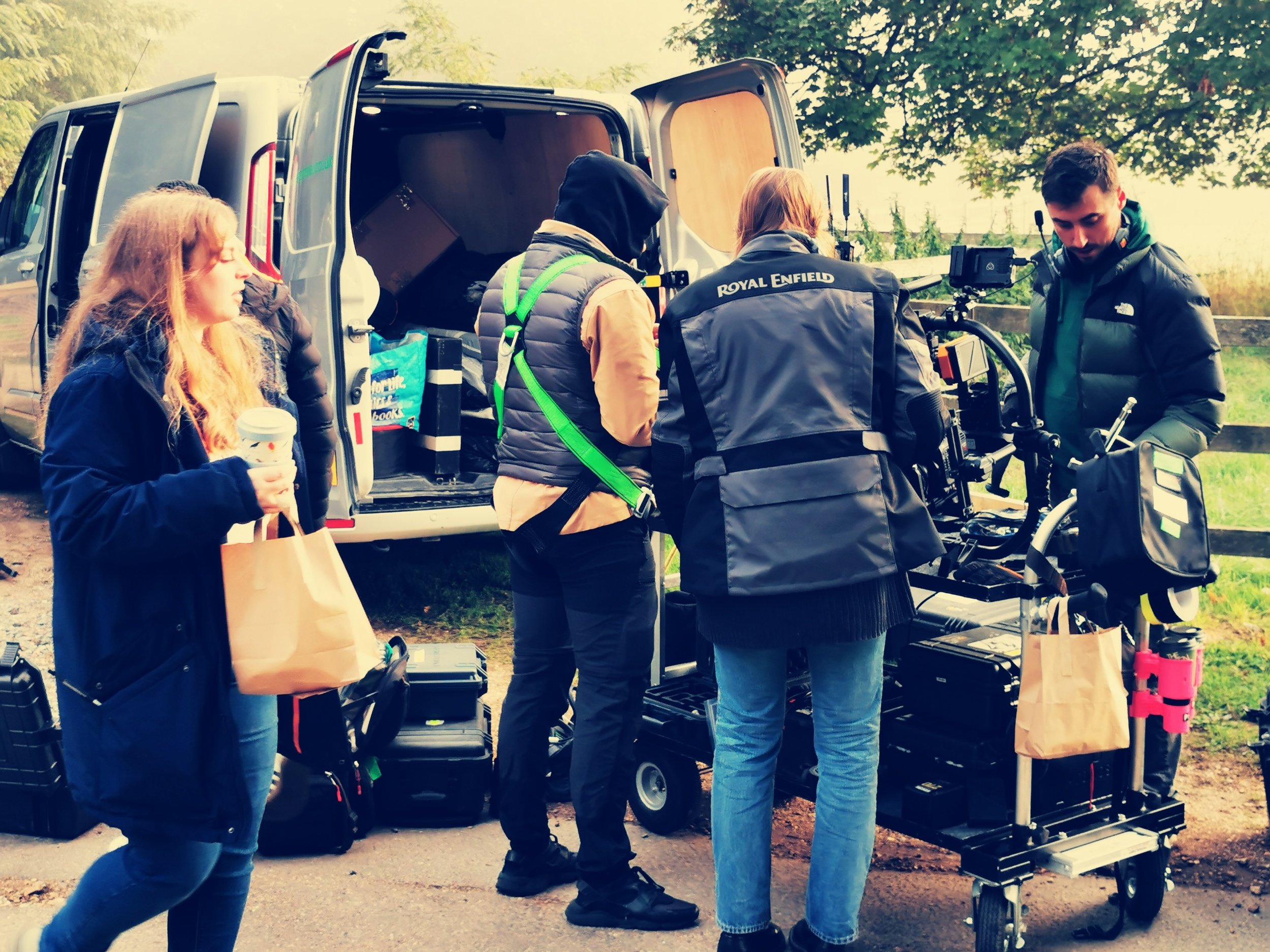
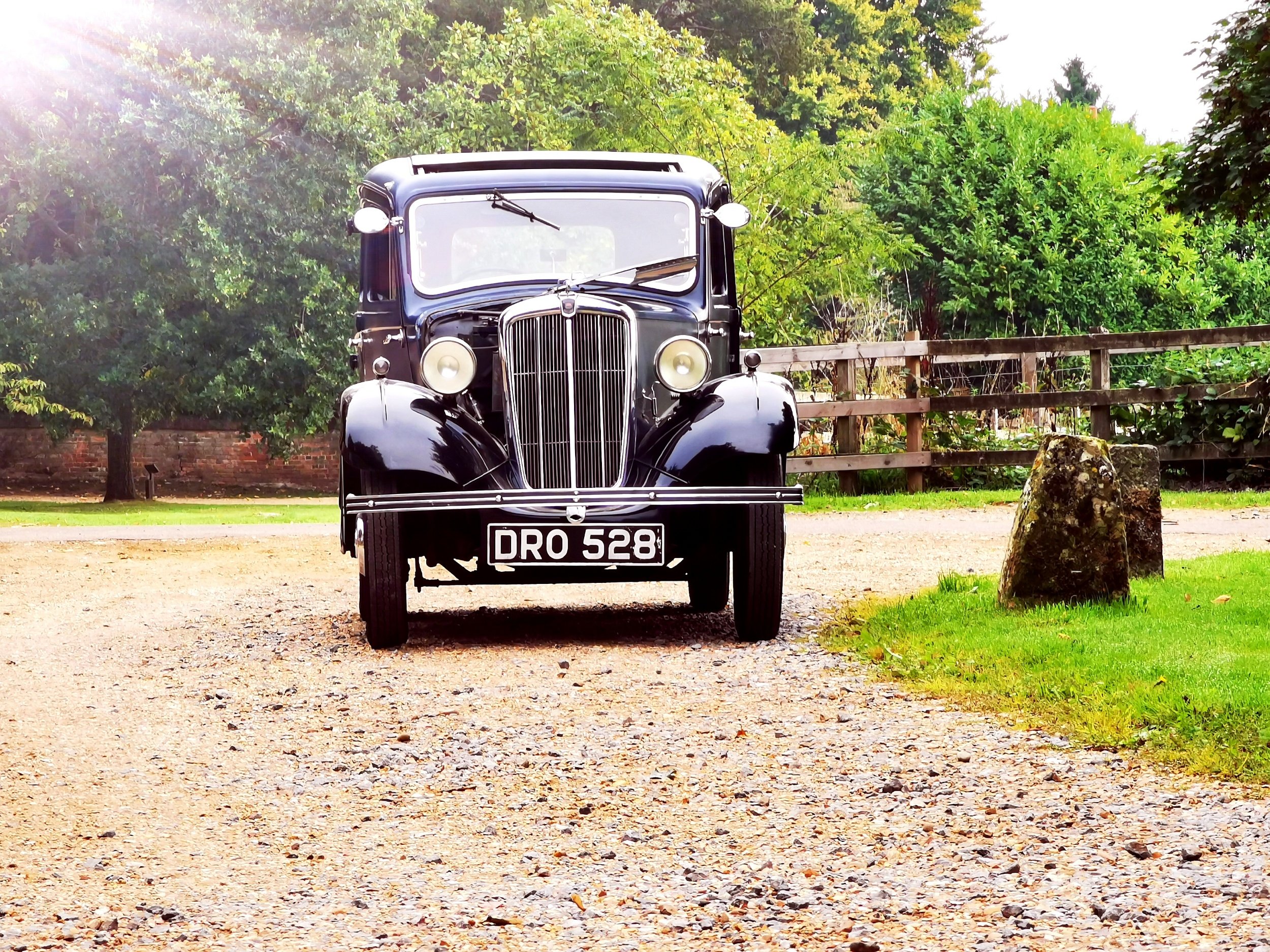


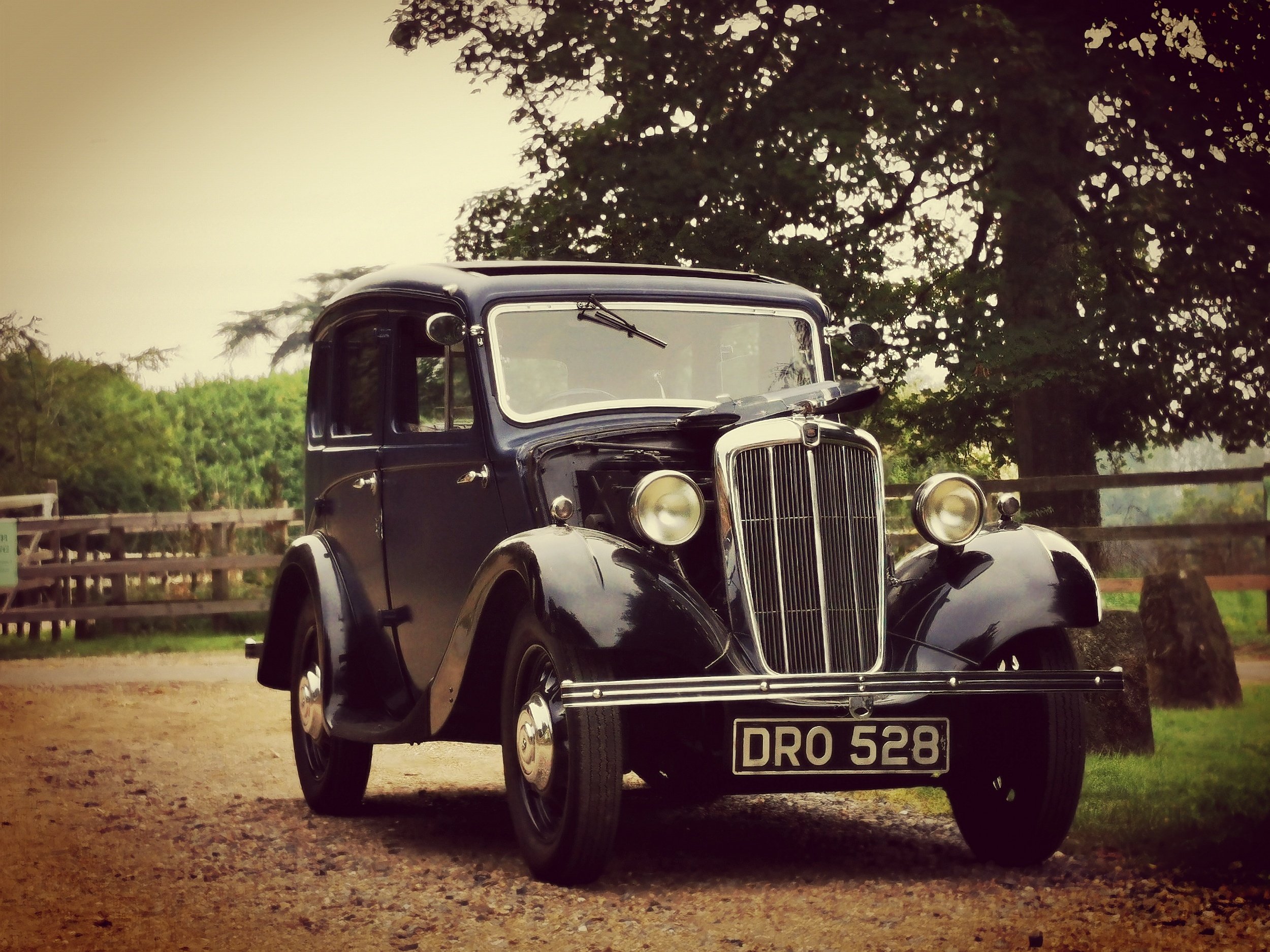
Just to be a small part of this (yes you may see me for a brief second from a far ! ) was a fantastic experience and wish everyone at www.pavillionfilms.com all the success in post production.
Looking forward to working with you all again in the Future ….. Mark D Elliott www.sandstoneproductions.co.uk
SANDSTONE PRODUCTIONS - THE NEW FOREST
Ariel Leader
Taking you back to the days of 2 stroke engines, and a unique Motorbike which bridged the gap between scooter and motorbike, but featured maximum weather protection, comfortable for two and had featured twin cylinder 250cc. We feature the Ariel Leader
Ariel Leader Brochure
One of the most sensational British motorcycles of the 1950s was the ground-breaking Ariel Leader designed by the legendary Val Page from a clean sheet – but sadly, times were changing too quickly for the good times to roll for long, writes Pete Kelly
More than 60 years on, it’s difficult to imagine what impact the launch of the innovative Leader had on the then-massive British motorcycling public.
Imagine the first sighting of one, its beautiful flowing lines, bright two-tone colour scheme, whitewall tyres and built-in flashing indicators.
Modern, clean and comfortable, it was intended to bridge the gap between the then-growing popularity of the scooter and the evergreen virtues of the traditional motorcycle
But by the time it appeared in the motorcycle dealerships its fate was already sealed, not just by the launch of the Mini car in 1959, but also by the unstoppable force of the Japanese motorcycle invasion.
Ariel Leader Brochure
“Seldom since the earliest days of motorcycling can a new model have embodied quite so much novelty as does the 249cc Ariel Leader,” wrote the Blue ’Un. “In laying out this aptly named two-stroke twin, chief designer Val Page and his team were given that dream of all designers – a completely free hand!
“The only stipulations were that the machine must be an ultra-modern two-fifty with built-in weather protection and a lively but refined performance. Provided the model could be marketed at a competitive price, any method of construction they chose could be employed.
Ariel Leader Brochure
If only the Leader had made its debut in 1955 rather than 1958!
1959 Ariel Leader
IN THE SUMMER OF 1958 the Ariel Leader made its first appearance on British roads. This quirky 249cc two-stroke twin was a result of Ariel’s brave and innovative (or is that foolish and ill-timed?) foray into the popular and growing lightweight-motorcycle/scooter market.
Tomorrow's Design Today - Ariel Leader
The designers set their aim high—combining all the best features of both scooter and motorcycle. Their progeny would be light, surefooted and easy to handle, but at the same time it would offer all the weather protection that scooter riders were accustomed to, and more.
And they both succeeded, and failed. The new bike birthed in the Ariel stables showed great promise, racing ahead to bag the Motorcycle News Best Bike of the Year award in 1959.
Machine of the year - Ariel Leader
The Leader was modern and stylish and a breath of fresh air after the usual overweight models produced by the company at that time (Red Hunter, Square Four). But despite a very promising start, it was not the great commercial success it was hoped to be having missed its market by a fairly wide margin.
Ariel Leaders
It’s fairly easy to explain how they achieved such popularity, and then quickly fell out of favour, but perhaps what needs most explanation is how this radical machine came to be produced in the first place.
After all, Ariel’s last attempt at serious innovation had been the Square Four nearly 30 years earlier. The company’s advertising slogan continued to be ‘The Modern Motorcycle’, but it didn’t seem to fit the facts.
And then, blow me; they announced a motorcycle with an unconventional frame, avant garde styling and a totally different sort of engine. It was a shock to the public, but of course it didn’t happen overnight, and it had been one of the best kept secrets in motorcycling history.
The story started in the mid-1950s, when Ariel’s board of management, under ex-racer Ken Whistance, decided on a valiant bid to avoid being overwhelmed by more trendy manufacturers that included their own partners BSA and Triumph.
Continental manufacturers were already producing durable and capable engines of this type, and in the next few years Japanese makers would show that extraordinary performance could be extracted from them without compromising reliability.
What was quite continental, however, was that the designers had dispensed with a conventional tubular frame, and opted for a pressed steel box beam. They’d gone the whole hog, too, and the beam provided everything from the rear suspension mounts to the steering head, while the supports for the swinging arm and the engine were merely downward extensions of it.
Not since the LE Velocette had such a concept been tried in such a wholehearted way by a British manufacturer, and the new machine was – like the LE – designed as a whole with built-in weather protection.
Perhaps Ariel had learnt something, the Leader was smoothly styled in such a way that it appeared almost conventional.
Ariel Leader Specification
It was a clever trick, for Page and his associates had realised that inbuilt weather protection, and enclosure of a novel engine type, was as much novelty as a British motorcyclist could be expected to bear.
So, while the petrol tank was actually a simple box located under the seat, they’d mimicked a conventional tank with a dummy pressing that gave access to a small luggage compartment within the beam.
Similarly, while the forks were necessarily unconventional, because of the difficulty of neatly accommodating conventional upper stanchions within the pressed steel bodywork, a pressed steel handlebar cover meant that only the determinedly inquisitive could see that there was a single bicycle-type fork stem.
It wasn’t well publicised, but this caused some problems during the Leader’s development, Sammy Miller – who helped out with development besides working on his competition bikes – saying that the stem had to be progressively made of heavier tube to overcome potentially disastrous breakages. The unconventional trailing-link action of the forks was subtly disguised, too, by spats formed into the lower end of the pressed-steel fork legs.
The New Ariel Leader
Even the wheels were used to help the illusion along, being smaller than usual on a motorcycle – in order to give a decent movement within the bodywork without increasing the bulk of the whole machine – but not so small that anyone could reasonably say that the result looked like a scooter. That, the design team realised, would be the kiss of death as far as motorcycle sales were concerned, and Page was canny enough to realise that there was little prospect of challenging Vespa and Lambretta’s stranglehold on that particular market.
In a sense, the Leader was the ‘car on two wheels’ dreamt of by hopeful designers, and it was close enough to that ideal, it initially seemed to demonstrate a real demand for such a device.
The Leader was launched in late 1958, and in 1959 it was voted the first ‘Machine of the Year’ by readers of Motor Cycle News, an extraordinary feat when you consider that the Triumph Bonneville was launched the same year, and the opposition included lusted-after machines like Gold Stars and Dominators.
For once a considerable number of motorcyclists put their money where their mouths were, and when the Leader was stripped down to make the even more motorcycle-like Arrow – itself voted the Machine of 1960 – sales soared to 1600 in one month. It was a remarkable achievement, but it didn’t last.
Ariel Leader - Ariel Arrow - Ariel Arrow Super Sport
The Leader’s demise is often blamed on its arrival in the marketplace almost coinciding with that of the affordable and trendy Mini car and van, and there might be some truth in that.
More importantly, though, it seems – even though motorcycle designers have often persuaded themselves that a motorist is a motorist is a motorist – car drivers, scooterists and motorcyclists are totally different breeds.
Ariel Leader Sales Poster
I suspect the Leader’s initial purchasers were mostly motorcyclists seduced by the idea of weather protection, but they were quickly disillusioned by the discovery that waterproofs were still needed to keep warm and completely dry. And when you added in the Leader’s quickly revealed shortcomings of uninspiring performance and brakes, plus its sometimes problematic starting, its demise was inevitable.
The Leader was quickly followed by the Velocette Vogue and by the DMW Deemster, both of which disappeared after achieving little success.
Half a century later it looks so modern a present-day motorist would probably ignore it unless he, or she, happened to notice its non-reflective number plates.
Many of the catalogued optional goodies where indicators (especially flash for the period), and help the modern image along, and they’re especially helpful now that many car drivers seem to interpret an outstretched arm as a challenge rather than a signal.
Ariel Leader optional Extras.
Ariel Leader Arrow Supersport Accessories
Ariel Leader Arrow Super Sports Specification
The panniers and luggage rack may show the first owner intended to seriously tour on his Leader, or they may have merely been embellishments, like the much sought-after, but totally useless, rear fender.
Ariel Leader Features
Ariel Leader indicator
Ariel Leader rear luggage carrier
Ariel Leader rear bumper
It starts easily and reliably, helped by the non-standard carburettor tickler fitted in the right-hand engine panel. The clutch is pleasantly light, but has a hair trigger action that needs caution when combined with an engine producing little low-down oomph. Gear selection is equally easy and reliable, despite the lever’s long movement.
The best thing about the Leader is you can quickly forget how unusual it is, and just treat it like a good example of a 1960s quarter litre motorcycle
The short list of criticisms confirms just how little was wrong with the machine when taken on its own terms. About 17,000 Leaders were made in their few years of production, but once the initial demand was satisfied, that was that. Some tentative attempts were made to develop it further, but in 1963 the assembly line was moved to the BSA factory where there was little interest in the machine, and production ceased in mid 1965.
25000th Ariel Leader
The Ariel Leader got close to showing it was possible to make the ‘motorcycle for everyman’, but in the end it actually proved that ‘everyman’ never existed.
Ariel Leader features
Two-tone colour schemes
Perspex windscreen wide enough to shield a rider’s hands from most of the elements and the wind-blast.
The pressed-steel leg-shields came as standard.
The drive chain and engine was enclosed in protective pressed-steel panels designed to keep the rider ‘oil-free’.
Extras included an :
Eight-day clock
A chrome rear bumper
A rear parcel carrier and colour-coded panniers (equipped with a set of rear indicators).
To keep production costs to minimum, most of the Leader’s bodywork, along with the unusual welded box-beam that acted as a frame, was built from pressed-steel panels. If not exactly attractive, the frame was stiff and sturdy—an essential requirement for producing a well-behaved motorcycle. The rear section of the body hinged to allow access to the rear wheel.
The steel petrol tank (2 ½ gallon) was rubber mounted. It was placed in the frame under the seat leaving the dummy tank as a storage compartment large enough to house a small crash helmet.
Ariel Leader Brochure
The Ariel Leader engine
The 250cc two-stroke engine with its 180-degree crank hung from the frame on three pressed-steel brackets.
To save weight, and presumably to cut production costs, the rear bracket doubled as an air-intake silencer chamber).
The parallel twin cylinders were made of cast iron and angled forward at 45°. This move decreased the overall height of the engine which made it possible to be mounted in a low position, thus bringing the centre of gravity closer to the ground and improving stability.
The engine case which contained the crank, four-speed Burman CP gear box and inner side of the primary chain housing was cast as a single light-alloy shell.
The cylinder head was also cast in light-alloy.
The engine proved to be reliable enough, provided that you kept your carburettor settings in check and didn’t starve the engine of lubricant. On the plus side, the engine could be dismantled without removing it from the frame.
A point to mention is that it's important to fit the Ariel Leader pistons the correct way around. Why? Because they have slightly offset gudgeon pins in Désaxé style. The Leader, however, isn't a true Désaxé engine in which the cylinders are offset in relation to the crank axis towards the direction of rotation thereby "biasing" the power stroke. In other words, a Désaxé engine, because its cylinders are offset, has the pistons either slightly ahead or slightly behind the crank centreline.
With the Leader, the cylinders are not offset. But the offset gudgeon pin has the same, or a similar, effect. Be warned when rebuilding.
The Leader was fitted with coil ignition and a Lucas alternator.
The rest of the electrics were fairly standard fare, but (according to some riders, and disputed by others) with unreliable switches. A six-inch headlight just bordered on the right side of adequate. The contact breaker assembly was dodgy too.
Ariel Leader Suspension and brakes
Ariel leader front Suspension and Brake
Ariel Leader Front Suspension
Ariel Leader rear suspension and brake
· The front suspension incorporated a trailing-link fork with two-way damping.
· The fork legs were encased in unconventional, golf-club shaped housings made from pressed-steel.
· The 16-inch wire wheels delivered a surefooted ride giving the Leader a distinct advantage over its small-wheeled scooter counterparts.
The wheels were supplied with whitewall tyres (still available) and quick-release, full-width hubs and drum brakes (6-inch x 1—1/8in).
· Both hubs and drums were originally manufactured from an aluminium alloy, but that changed by 1961 when both were made from cheaper, and heavier, cast iron—the change was said to be due to cracks developing in the original alloy fabrications.
Ariel Leader Handling and fuel economy
· On a whole, the Ariel Leader was a success—in terms of fulfilling its brief and initial sales, anyway. The bike handled exceedingly well.
· The top speed of 70mph (on later models almost 80mph) was impressive.
· The engine ran efficiently and could return 70mpg at 60mph.
· It looked like the Leader would conquer the market. So much so, that in 1960 Ariel (under the control of BSA, note) discontinued production of their four-strokes, putting all their efforts to the Leader and its offshoot un-faired models: the Ariel Arrow and the Arrow Super Sports (colloquially referred to as the Golden Arrow).
· It was a very bold and controversial corporate risk. But the times were changing, and old orthodoxies were crumbling. Cheap (ish) cars in the shape of the Austin Mini (1959) and the Ford Cortina (1962) were changing the shape of domestic transport in Britain. Something needed to be done to stop a diminishing market from imploding.
The Ariel Leader, on paper at least, looked as if it might throw the firm a lifeline and set a new biking (and for that matter, a new driving) trend. But despite the relative success of the model for the first few years of production, much of the public were confused and divided, and early hopes were soon dashed. Had the Leader been further developed in line with a four cylinder concept highlighting the possibilities of the design, the future might have been different (although the writing was clearly on the wall for the British motorcycle industry, and it was perhaps always a question of when, rather than if). But BSA, struggling to rationalise a monster company with too many arms and divisions, simply relinquished the Leader reigns and in 1965, the Ariel Leader and Ariel Arrow were discontinued.
Ariel Leader price and production figures
· There were, however, a few practical criticisms.
· The relatively minor ones included shoddy paintwork and rough/heavy gear-change with an unfortunate tendency to slip into neutral when not wanted.
· And the centre stand could "ground out" when riding two up.
· Another issue was that if you’d squinted at the engine and knew your European motorcycles, you couldn’t have missed the resemblance to the power unit used by German motorcycle firm, Adler. Just a coincidence? Certainly, Val Page and Bernard Knight were aware of a similar engine design by the German firm, Adler. But the differences are as great as the similarities, and the Leader should be viewed as an original concept rather than a copy.
· But the biggest issue was the price. Although the Leader was designed with production economy in mind, the initial cost of tooling (etc) brought the final purchase price to £209 11s 7d. And this was decidedly more expensive then an average scooter, and only barely cheaper then a price of many “fully-grown” motorcycles.
· Ariel built 18,347 Leaders
· 9,789 Arrows
· 6,217 Arrow Super Sports (Golden Arrow)
· And 844 of the smaller 200cc Arrows.
· Sales, incidentally, were hampered by a lack of interest in export markets, not least the USA which was geared largely towards the leisure end of the market, as opposed to the commuter end. As a consequence, the comprehensive weather protection offered by the Leader was hardly a selling point.
Ariel Leader colours
Admiralty Grey was the original main colour for side panels, leg shields, front fork, and front mudguard
With either Cherokee Red or Oriental Blue above.
Later bikes had a Dark Seal Grey option for the upper body.
In 1964, Leaders were available in an Ivory/Flamboyant Red livery
Ivory/British Racing Green
Ivory/Aircraft Blue.
Black was also optional, and we're advised that Red/Sky Blue was yet another colour choice.
Buying an Ariel Leader
Aside from a basic visual inspection—such as checking for crash damage, rust, and obvious missing parts—
Buyers should ensure that the engine mounts are in good condition. Repairs here will quite probably require a complete frame strip. So pay special attention.
Check too that the bike is an easy and regular starter. Poor starting could be due to carburettor issues (Amal 375, 7/8th inch choke) or ignition issues (6v coil/alternator), which are easily remedied.
Or it could be due to blown crankcase seals—which are a little more complicated to sort out.
Bikes in regular use invariably fare better than bikes that spend most of their time idle in the garage, so ask intelligent questions about usage and history. And don't be deterred by a scruffy hack. These are often in good tune and reliable.
The bottom end of an Ariel Leader can, remember, be stripped with the engine in situ (using the correct puller to split the flywheel halves), so don't be too daunted by the prospect of a rebuild (as long as the asking price is right.
Check exhaust baffles for heavy coking. These can be cleaned or replaced, and complete silencers are available—albeit a little pricey. But running on a modern 35:1 oil/petrol mix (as opposed to the original 25:1) will significantly cut maintenance.
Riding the Ariel Leader
They're surprisingly good fun. That's the bottom line.
Of course, a lot of that fun depends upon how much your head's been turned by the styling, because you certainly can't escape that. There's no other British bike that's quite like a Leader.
The weight distribution and balance is fairly good, even when riding two up.
But the brakes are struggling at pretty much any speed.
Owners occasionally fit other brakes from other bikes, particularly at the front, but the loss of originality will hit you hard in the pocket. Only top Leaders sell for top money, and the braking is manageable once you adjust to it.
Otherwise, the controls are light and easy. Steering is light and steady. The suspension is adequate to good.
The weather protection is the unique selling point if you're planning to use a Leader as a daily ride, and because it has so much presence on the road, motorists tend to be a little more generous about sharing space.
But take care, because there are still plenty of rubberneckers out there anxious to get a closer look.
The performance is acceptable, by modern standards. But you'll notice a real difference when carrying a passenger. There simply isn't much in reserve. So factor that in.
Cruising at 50-55mph is realistic and comfortable.
Acceleration is fairly sprightly—unless you're used to modern two-strokes.
But it's still a viable classic, and one that you really could comfortably tour upon.
Prices fluctuate significantly as these bikes slip into and out of fashion. Which is appropriate really because the world always was ambivalent about these wonderful two-strokes.
From the outset, they were as right as they were wrong. They were always both stylish and gaudy anachronisms right off the drawing board owing much of their philosophy to the early days of motorcycling before the conventions had been established.
We like them plenty, not only as a bold statement of British engineering eccentricity, and not only as a reminder of the post-war optimism that died a sour death some time around the 1970s, but also because they're as much quirksome as irksome and that they challenge biking conventions.
Ride with pride. Ariel Leaders are simply cool.
Ariel Leader Dashboard
1961 Ariel Leader specifications
Type: Air-cooled two-stroke parallel twin
Capacity: 247cc (250cc)
Bore & Stroke: 54mm x 54mm
BHP: 17.5 @ 6400rpm
Compression ratio: 10:1
Transmission: 4-speed, multi-plate clutch
Brakes: 6-inch single leading shoe drums front and rear
Electrics: Lucas alternator, coil ignition, 6 volt
Front suspension: Trailing link fork
Rear suspension: Swinging arm, twin shock absorbers/dampers
Wheels: 3.25 x 16-inch front & rear
Weight: 320lbs (dry)
Maximum speed: 70mph (approximately)
Ariel Golden Arrow
This was a cheaper, stripped Leader produced from 1959 and was developed into the Golden Arrow 'sport' version in 1961.
A sister-machine designated Ariel Arrow 200 – with a smaller capacity of 200 cc, achieved by reducing the bore to 48.5 mm from 54 mm whilst retaining the same stroke was available from 1964 to bring it into a lower tax band and benefit from lower UK rider insurance premiums.
In his 1964 Motor Cycle road test, Bob Currie reported good performance, with an absolute top speed – with "rider lying flat, of course" – of 74 mph and a cruising speed which could be held at 60 mph.
The bike had the usual Arrow ivory background colour, but with the tank and chaincase finished in either 'aircraft' blue or British Racing Green, and tank badges denoting 'Arrow 200'.
After the Ariel factory closure, in 1967 Ariel marketed its last motorcycle, the Arrow 200 produced for a time by BSA.
In 1960, a prototype Arrow with a four-stroke 349 cc twin-cylinder engine was made to sell alongside the Ariel Leader.
The budget engine, designed by Val Page to do 75 mph (121 km/h), was canted to fit the Arrow frame. Although it was thought the initial 18 bhp (13 kW) power output could have been increased to 24 bhp (18 kW), development money ran out and the project was dropped.
Ariel could not compete against Japanese imports. The Ariel factory closed in 1965, although the name remained under BSA to produce Ariel Arrows until 1967 and a commercially unsuccessful 49 cc banking trike named Ariel 3 in 1970.
To find out more fun Future Facts by clicking our Blogs below……….!!! Please Share …..
Ghostbuster - Ecto 1
https://www.sandstoneproductions.co.uk/blogtothefuture/2021/3/31/ghostbusters-ecto-1
Cars of Back to the Future
https://www.sandstoneproductions.co.uk/blogtothefuture/2021/2/10/the-cars-of-back-to-the-future-55-
Back to the Future Fashion
https://www.sandstoneproductions.co.uk/blogtothefuture/2021/2/19/back-to-the-future-fashion-te2yx
Ariel Leader
https://www.sandstoneproductions.co.uk/blogtothefuture/2021/2/17/ariel-leader
Back to the Future - Hill Valley History
https://www.sandstoneproductions.co.uk/blogtothefuture/2021/2/2/hill-valley-history-jxrr4
Back to the Future Gadgets and Trends we have in 2021
Doc Browns Biography and the History of his DeLorean Time Machine
Marty McFly Biography also featuring Biff, George, Jennifer, Loranine
Back to the Future - Hill Valley History
https://www.sandstoneproductions.co.uk/blogtothefuture/2021/2/2/hill-valley-history
Back to the Future - Detailed storyline
Back to the Future - How to generate 1.21 Giggawatts / Jiggawatts with Mr Fusion
What is a Fat Bike ? And where did the idea of Fat Bikes come from ?
https://www.sandstoneproductions.co.uk/blogtothefuture/2021/1/10/fat-bike-what-is-a-fat-bike-history
The Time Paradox explained - Back to the Future
The Sinclair C5
https://www.sandstoneproductions.co.uk/blogtothefuture/2021/1/9/sinclair-c5-
Mini Jeep Mini Review
https://www.sandstoneproductions.co.uk/blogtothefuture/minicoolsterjeepreview
Hoverboards - Back to the Future
https://www.sandstoneproductions.co.uk/blogtothefuture/2020/12/13/hoverboards-
How does the Time Machine work - Back to the Future
https://www.sandstoneproductions.co.uk/blogtothefuture/2020/11/22/how-does-the-time-machine-work
The DeLorean Motor Company - What did it fail ? Or did it ?
https://www.sandstoneproductions.co.uk/blogtothefuture/2020/11/22/whydiddeloreanmotorcompanyfail
The DeLorean Motor Company - History
https://www.sandstoneproductions.co.uk/blogtothefuture/2020/11/22/deloreanmotorcompany
The Flux Capacitor - Back to the Future
https://www.sandstoneproductions.co.uk/blogtothefuture/fluxcapacitor
Is Time Travel Possible ? And what would it take ? Back to the Future
https://www.sandstoneproductions.co.uk/blogtothefuture/istimetravelpossible
Top Gear - The DMC-12 40th Birthday - On Road and Track DeLorean Review
Top Gear DeLorean’s 40th Birthday Road and Track Review with Chris Harris - Series 31 Eposide 4
Top Gear reviews the DeLorean 40 years on …..
Chris Harris investigates the stranger than fiction story of the time-travelling DMC DeLorean in this episode.
The story of John Z DeLorean and his vision of building his own Supercar has certainly been a roller coaster ride and one that still to this day could not be replicated.
Follow our Hashtags
#delorean #dmc #dmc12 #delorean40th #deloreans40thbirthday #40yearsofdelorean #topgear #topgeardelorean
Our Sinclair C5's in the Queens Platinum Jubilee Pageant 2022
OUR SINCLAIR C5'S IN THE QUEENS PLATINUM JUBILEE PAGEANT 2022
A once in a lifetime amazing experience being part of the Queen’s Platinum Jubilee Pageant ……….. !!!
A once in a lifetime amazing experience being part of the Queen’s Platinum Jubilee Pageant ……….. !!!
Emma Lynch/BBC News - Sinclair C5
Our Sinclair C5’s were accepted to represent part of the 1980’s ‘ ACT II: THE TIME OF OUR LIVES ‘
The day before the Pageant we delivered our 2 Sinclair C5’s to the security check area. The Police were very friendly and helpful and gave our vehicle and 2 C5’s a thorough check. Once we cleared security we collected our passes to access all areas before heading off to the Horse Guards Parade. This is where all of the vehicles for the pageant were being held ( I was in my element seeing all theses vehicles close up).
The atmosphere had excitement in the air, everyone was super friendly and helpful and looking forward to the fantastic show being held the following day.
Once we gave the C5’s one last clean we we headed into London to take in the sights and sounds of the big city.
As you can imagine we didn’t get much sleep. We had to be up early to head off from the hotel back to Horse Guards Parade for 8.45am.
The sheer amount of vehicles, celebrities, performers, and police was unbelievable. It was such and amazing vibe, everyone was super excited to be part of the once in a lifetime event.
Horse Guards Parade - Queens Platinum Jubilee - Act II Time of our lives Buses
Here’s where I would like to thank the entire team at ‘ Platinum Jubilee Pageant ‘ for their excellent communication, information, webcasts and amazing Staff
Anna Dancing outside Buckingham Palace - at the Queen’s Platinum Jubilee
11.00am the Pageant Team took us on a guided walking tour of the route (this alone was very special to see London’s famous landmarks without any traffic. With people already lining the streets they were waving and cheering as we went past, certainly an amazing feeling…..
So it was 3pm when we left Horse Guards Parade, which was buzzing with excitement loud music playing out from the various show vehicles, and performers.
We were parked right next to the ‘Decades’ Buses, so were able to watch all the the celebrities go by which was absolutely amazing.
So our time had come….. and we set off behind the Only Fools and horses Robin Reliant !
I cannot describe the atmosphere from both the performers and public, it was such an occasion that words really cannot describe.
We did have ‘The Time of our Lives’ and enjoyed every second from Driving down Whitehall, past the Cenotaph, through Admiralty Arch down the Mall filled with Union Jacks as far as the eye could see.
Then came into sight (through the tens of thousands of people lining the mall) Victoria Memorial in St James Park and the massive stage that was built over it, with the Royal Box being located opposite.
Here were turned right with Buckingham Palace in clearview and gave the Royal Box a ‘Sinclair C5’ wave as we passed by !
As you can imagine we are so ecstatic at this point we head on down Birdcage walk to return to Horse Guards Parade.
Mark and Anna at The Mall Queen’s Platinum Jubilee Pageant
Sinclair C5’s behind Only Fools and Horse Robin Reliant - Queen’s Platinum Jubilee Pageant
The Pageant Team then arranged for all the Performers to follow the buses back down the Mall to watch the Finale at Buckingham Palace and the ultimate highlight to see the Queen ! So managed to get a perfect place just a few people back from the main stage !
This was the view ……
The Mall Queen’s Platinum Jubilee Pageant
Back to the 80’s with Mark in the Sinclair C5 at Horse Guards Parade for the Queen’s Platinum Jubilee Pageant
Sinclair C5’s In London at Tower Bridge - Tower of London
We even made it into the BBC News ! …..
BBC News Sinclair C5
A Huge Thank You to Edd China @theeddchina it was fantastic to meet you !! We had a good talk on the way back from the Pagents Finale.
As a Classic Car enthusiast to meet him was another top highlight of my day.
Edd China @theeddchina with Mark and Anna Elliott at Horseguards Parade - Queen’s Jubilee Pageant
